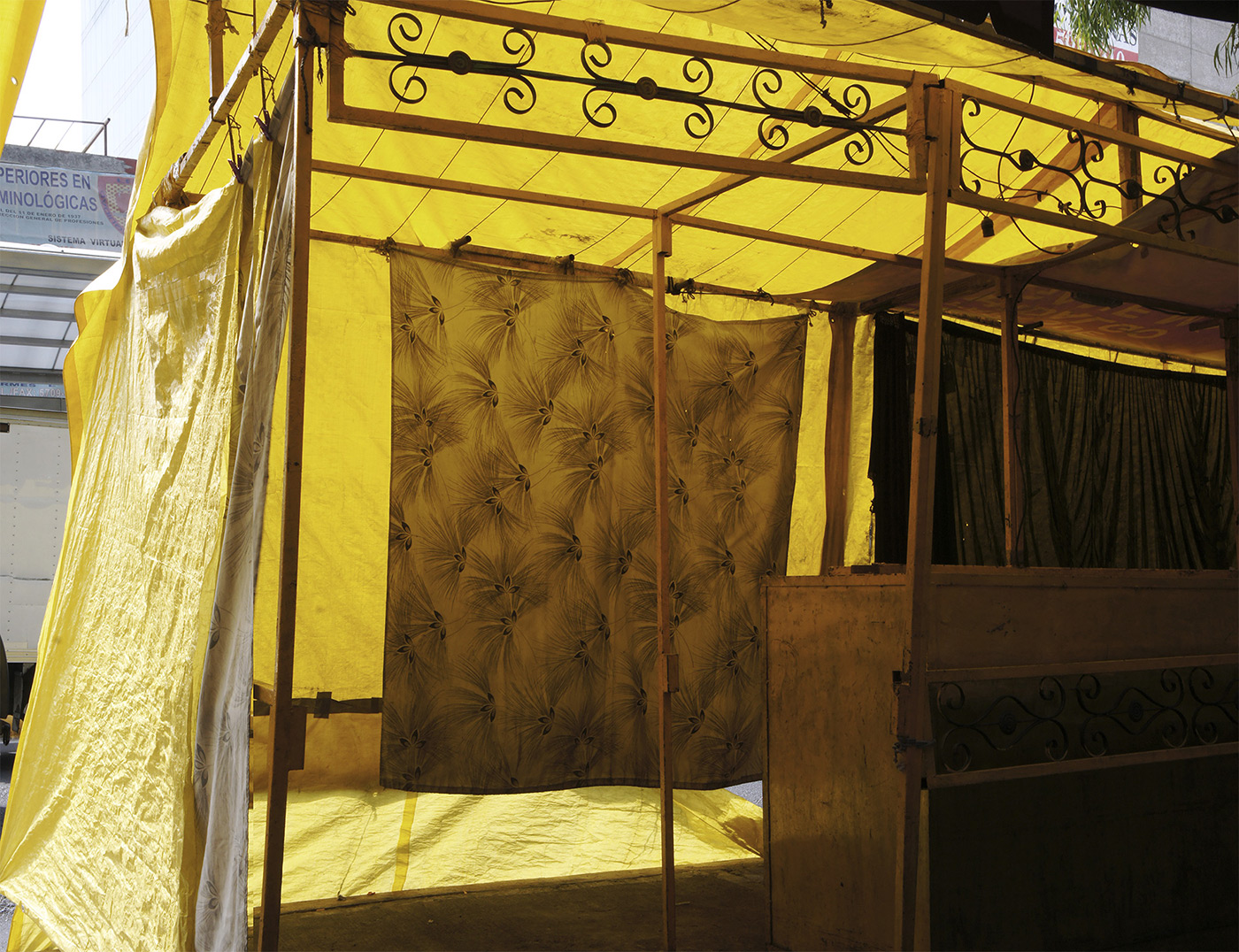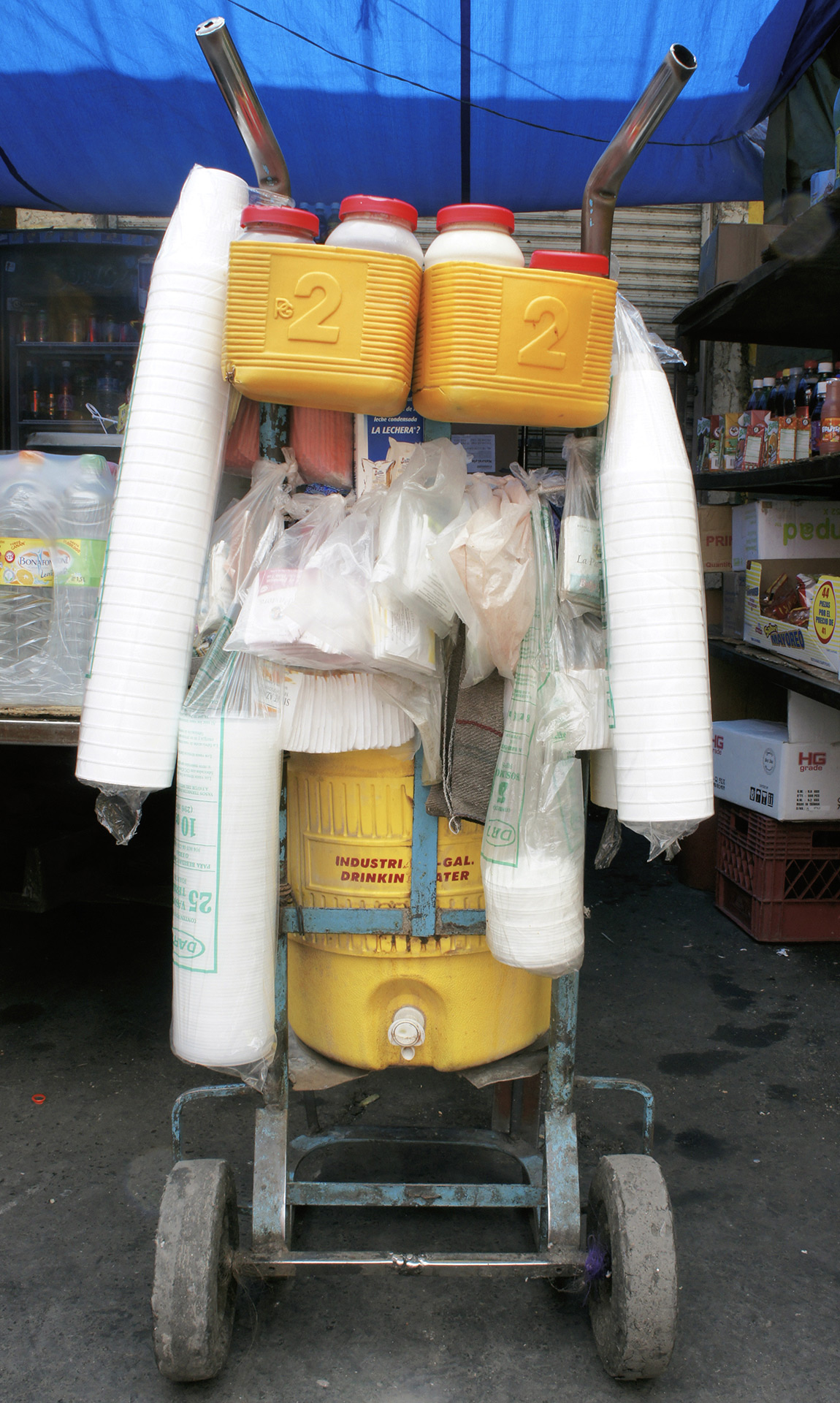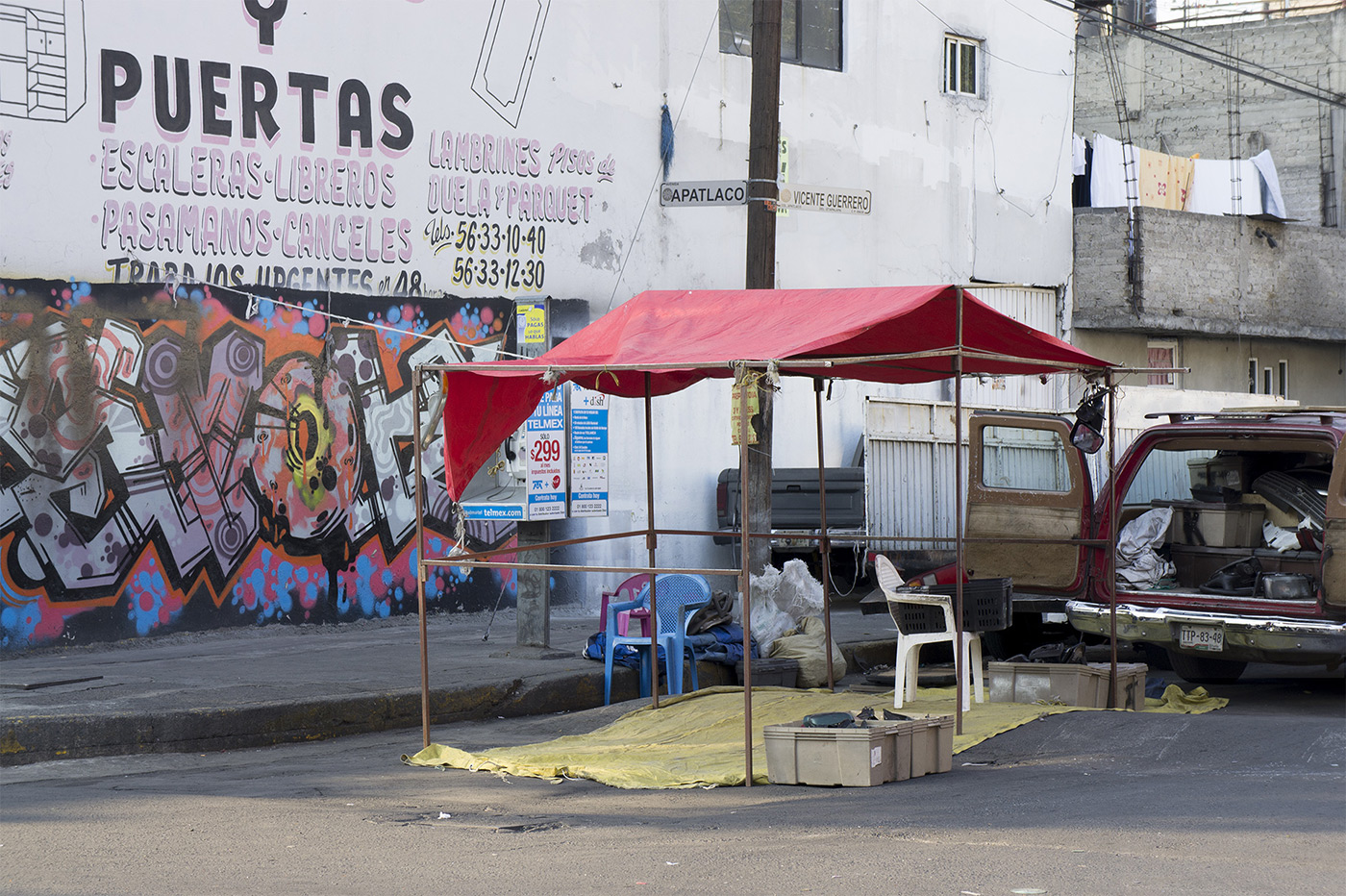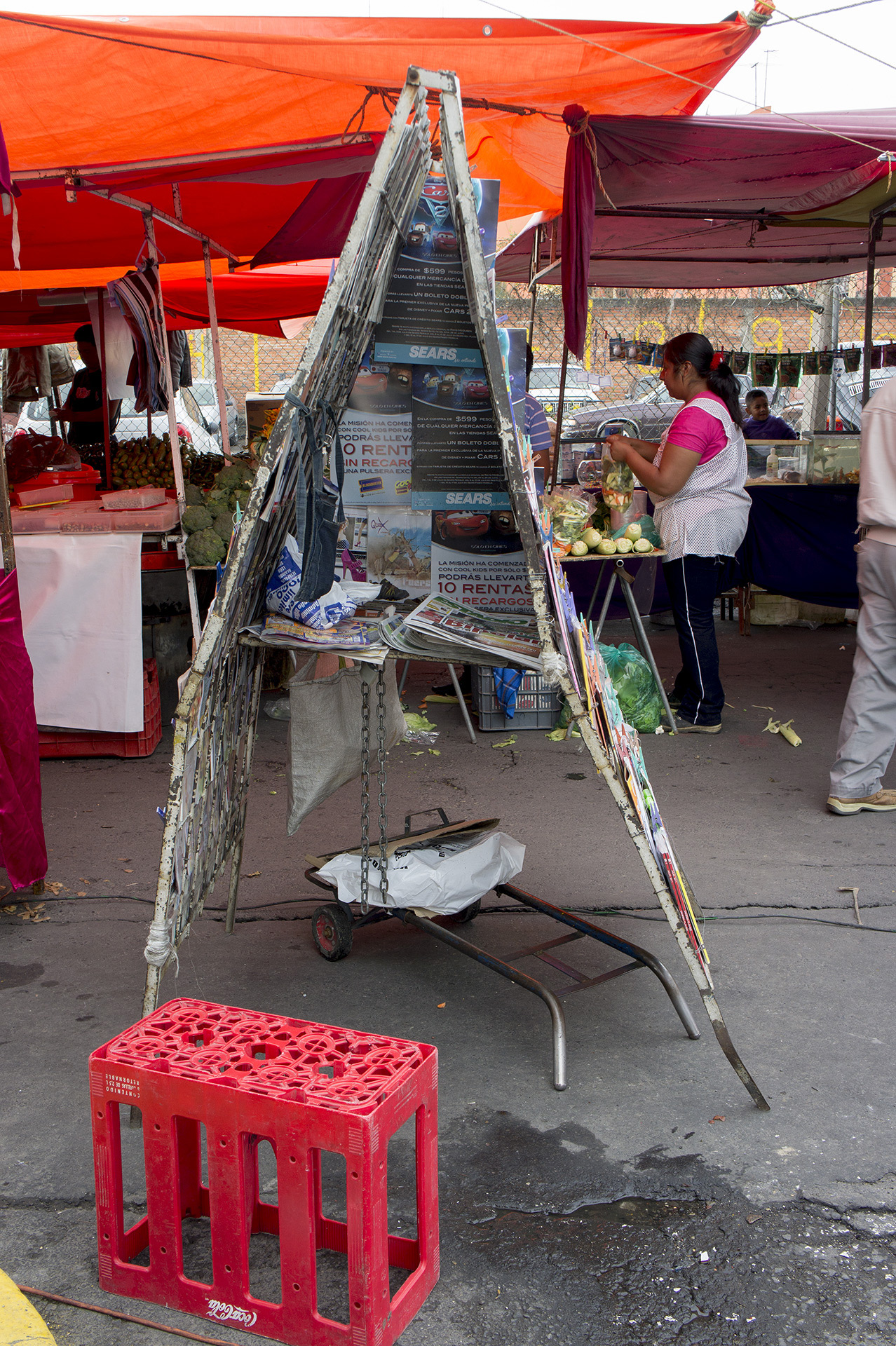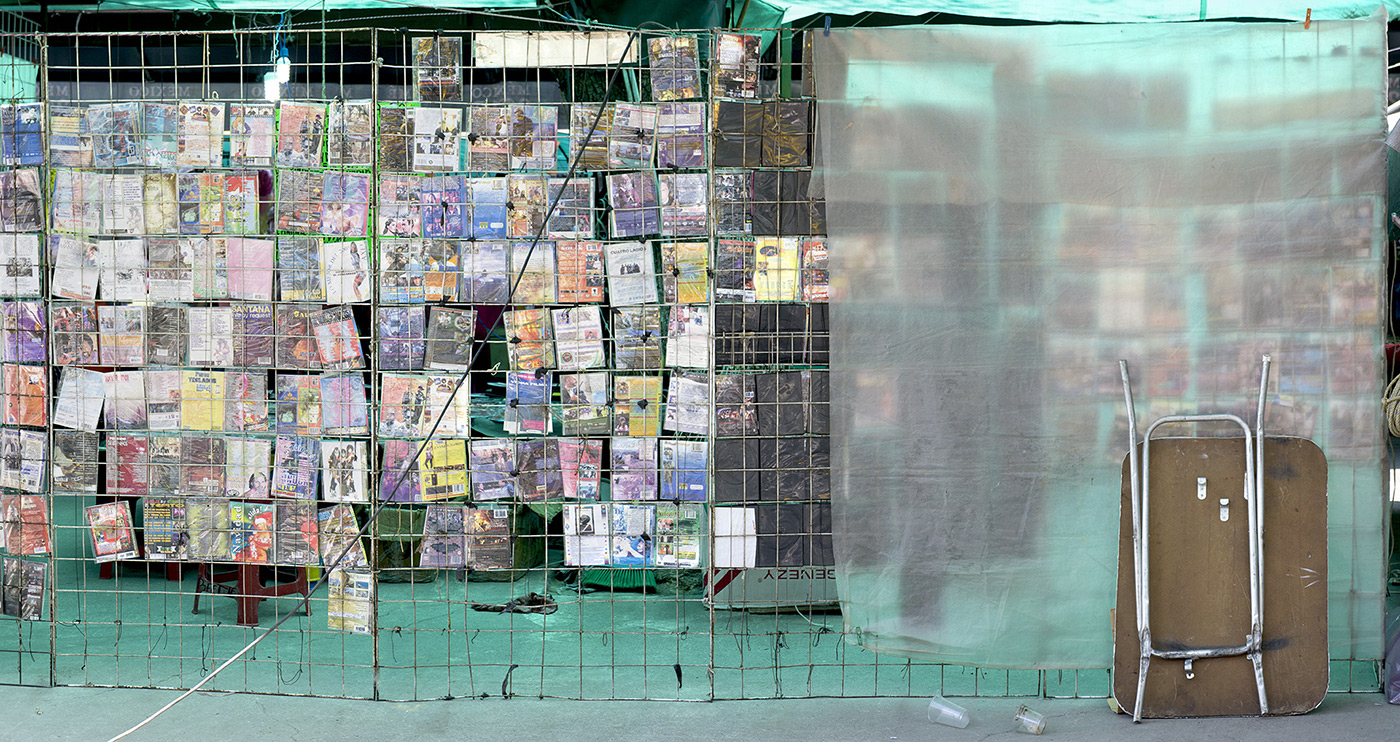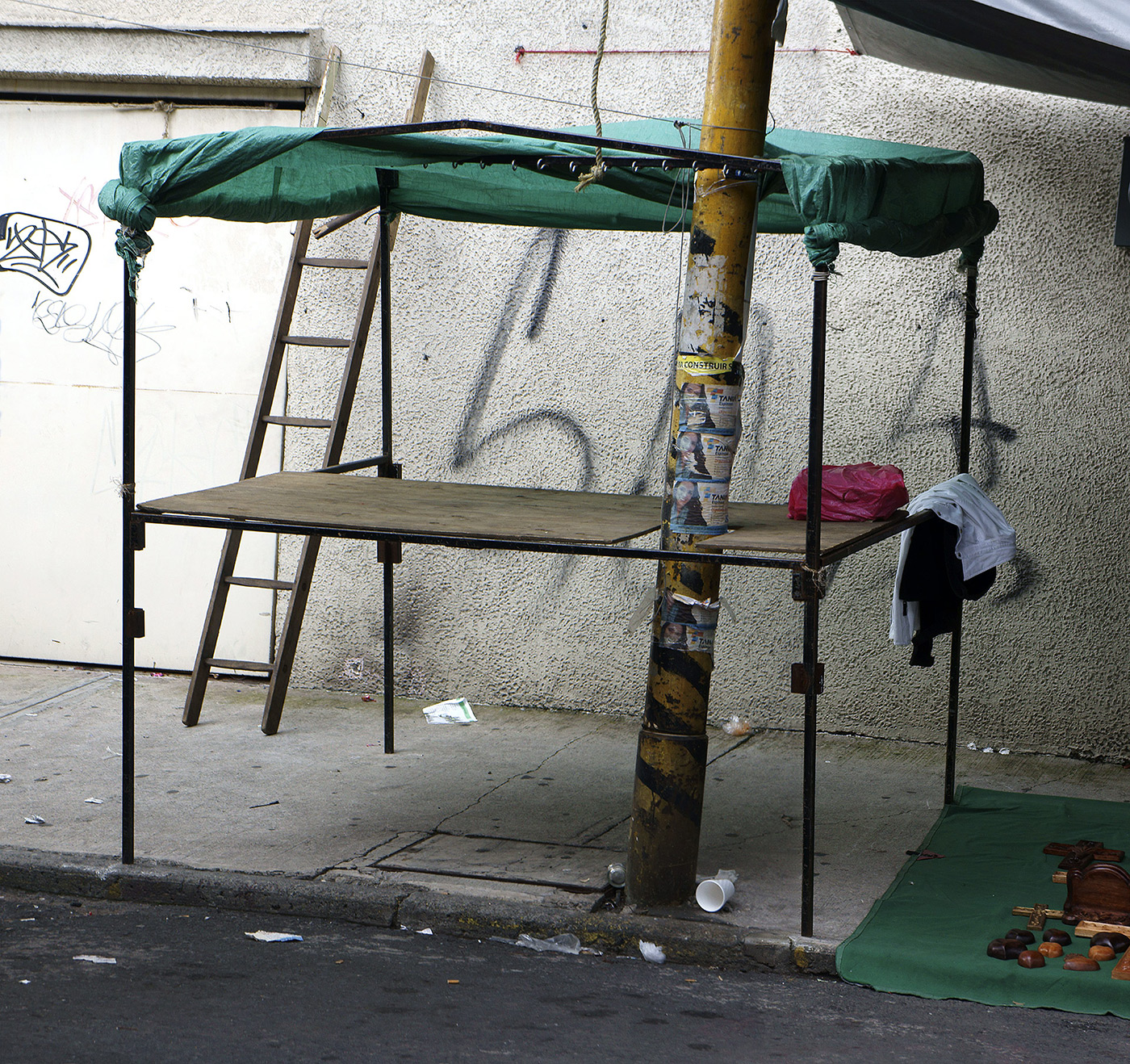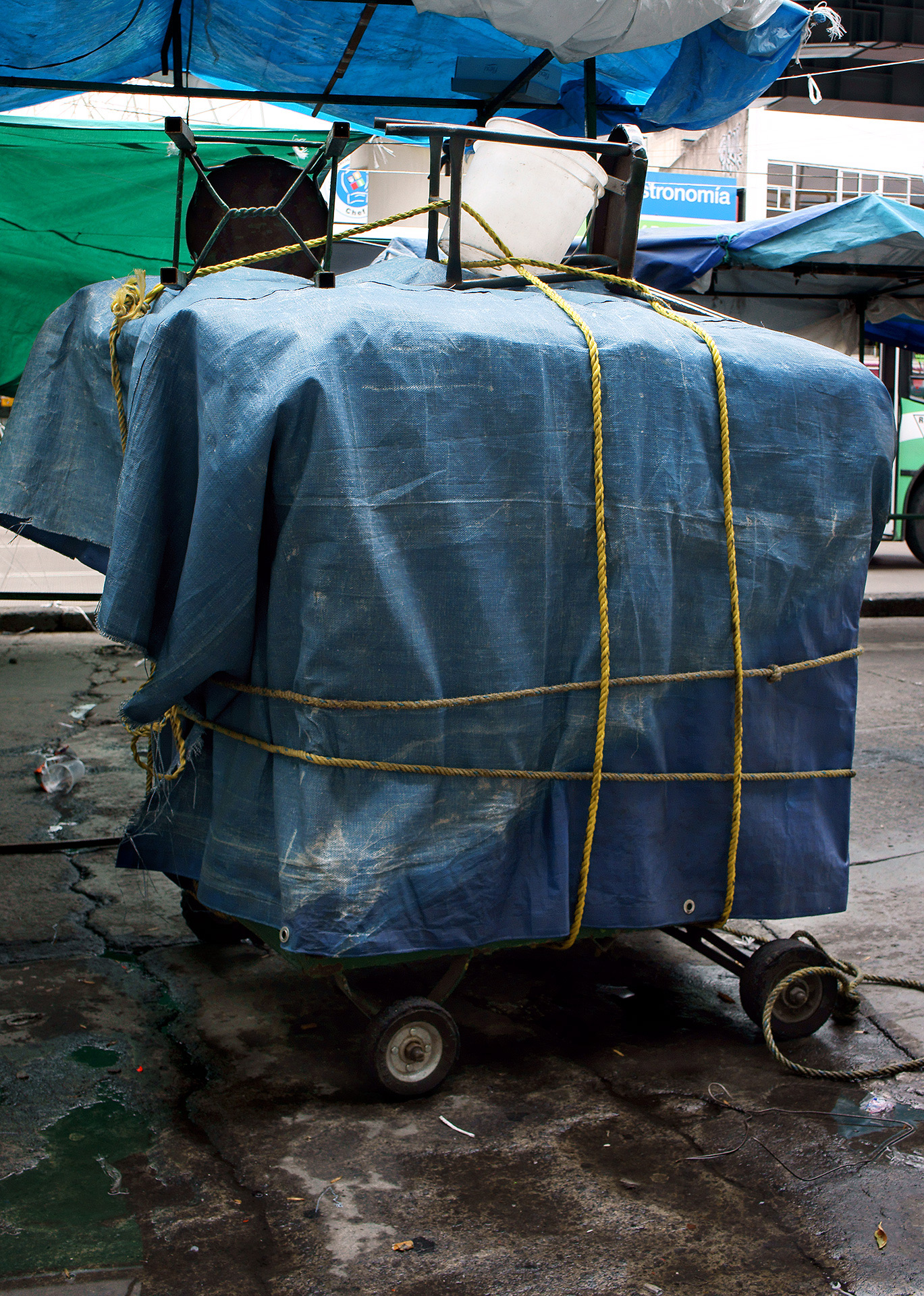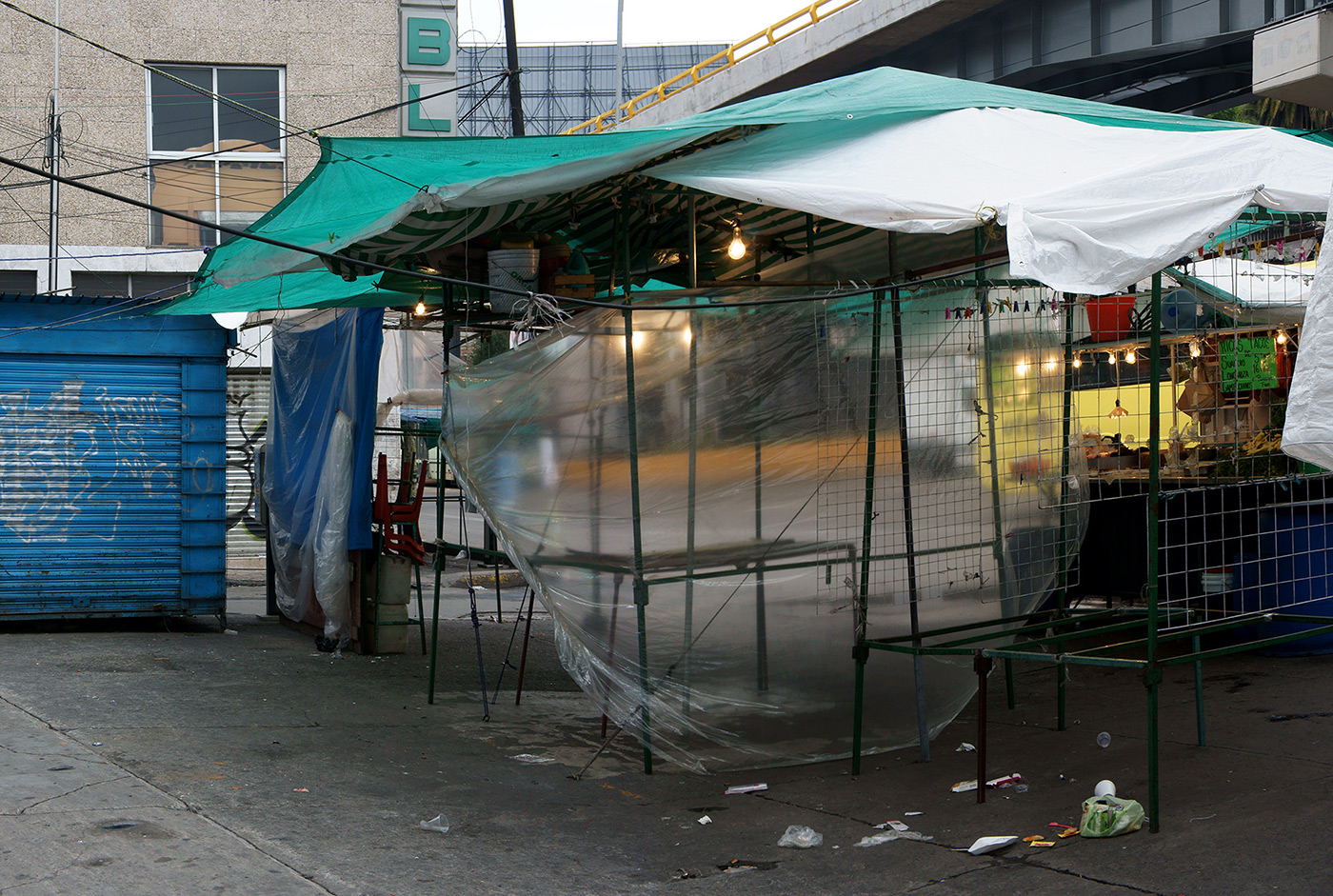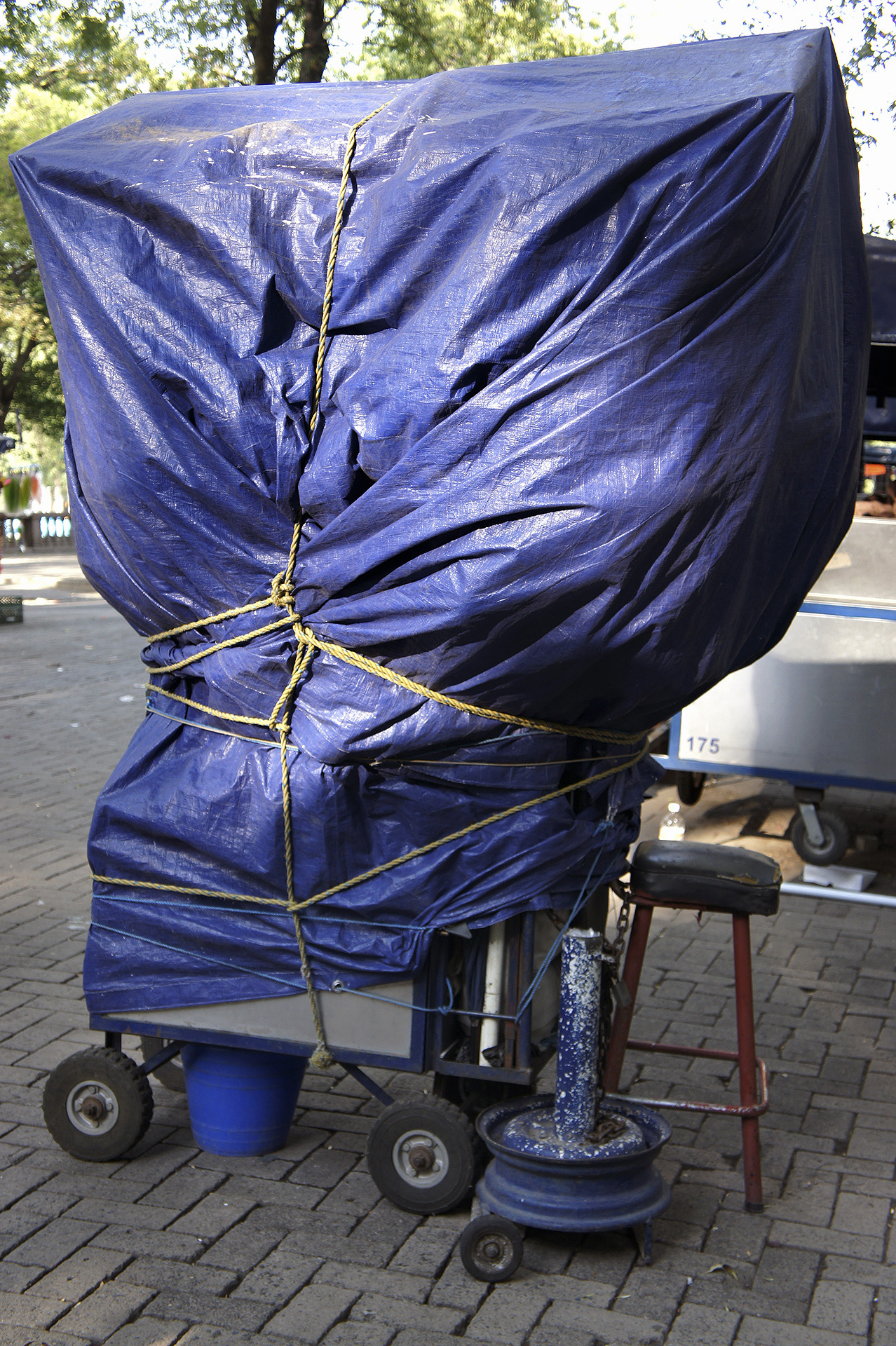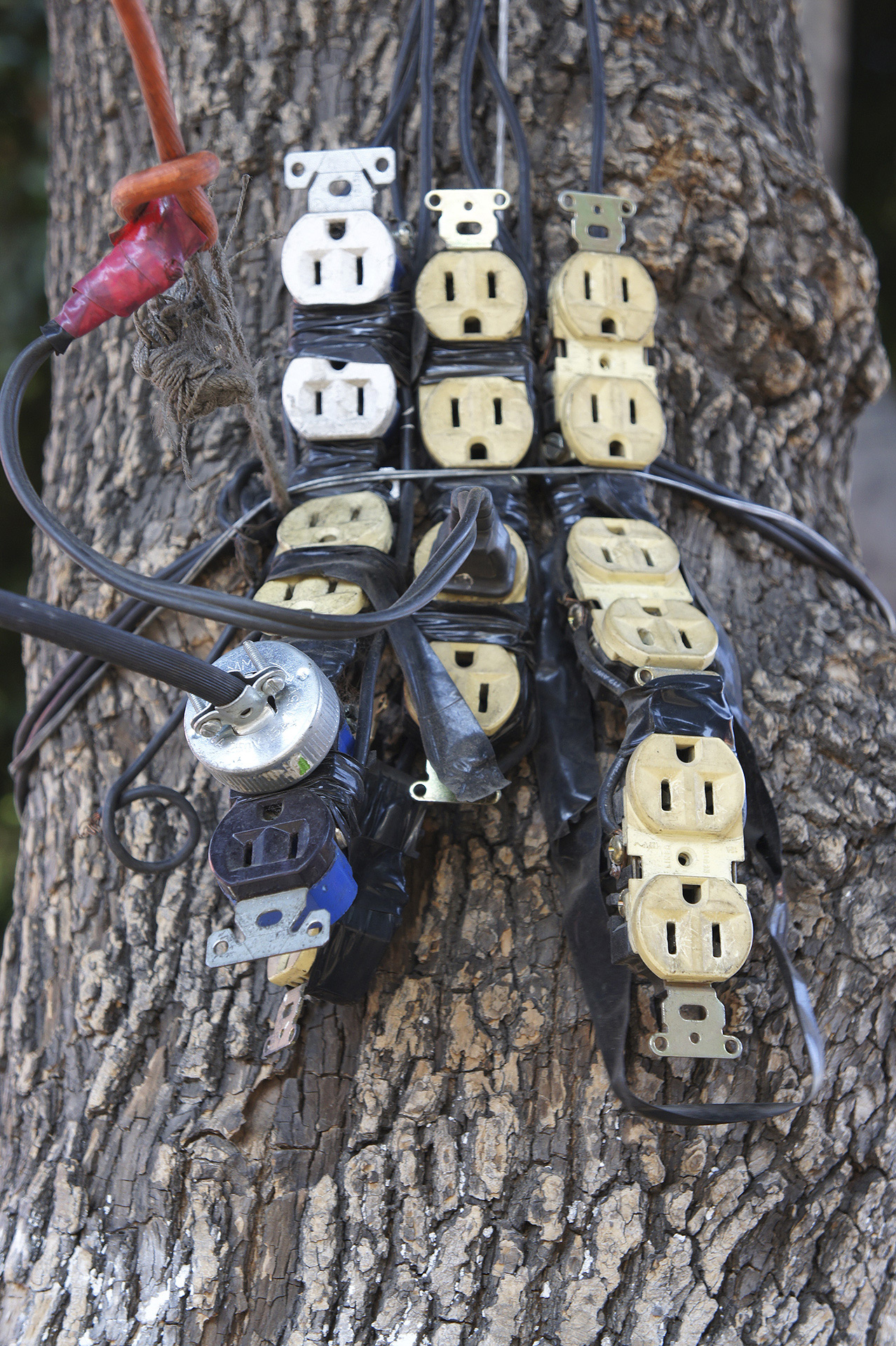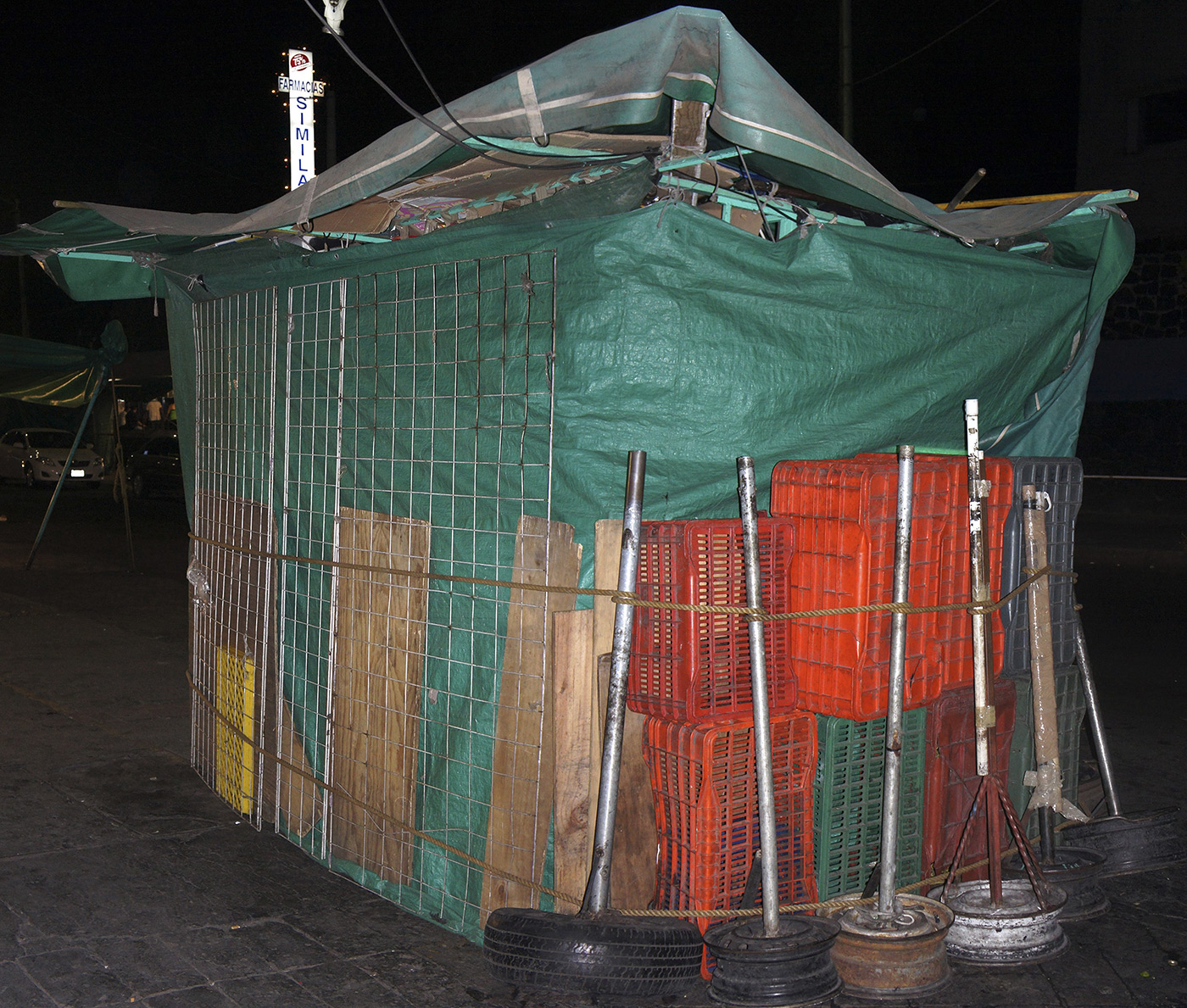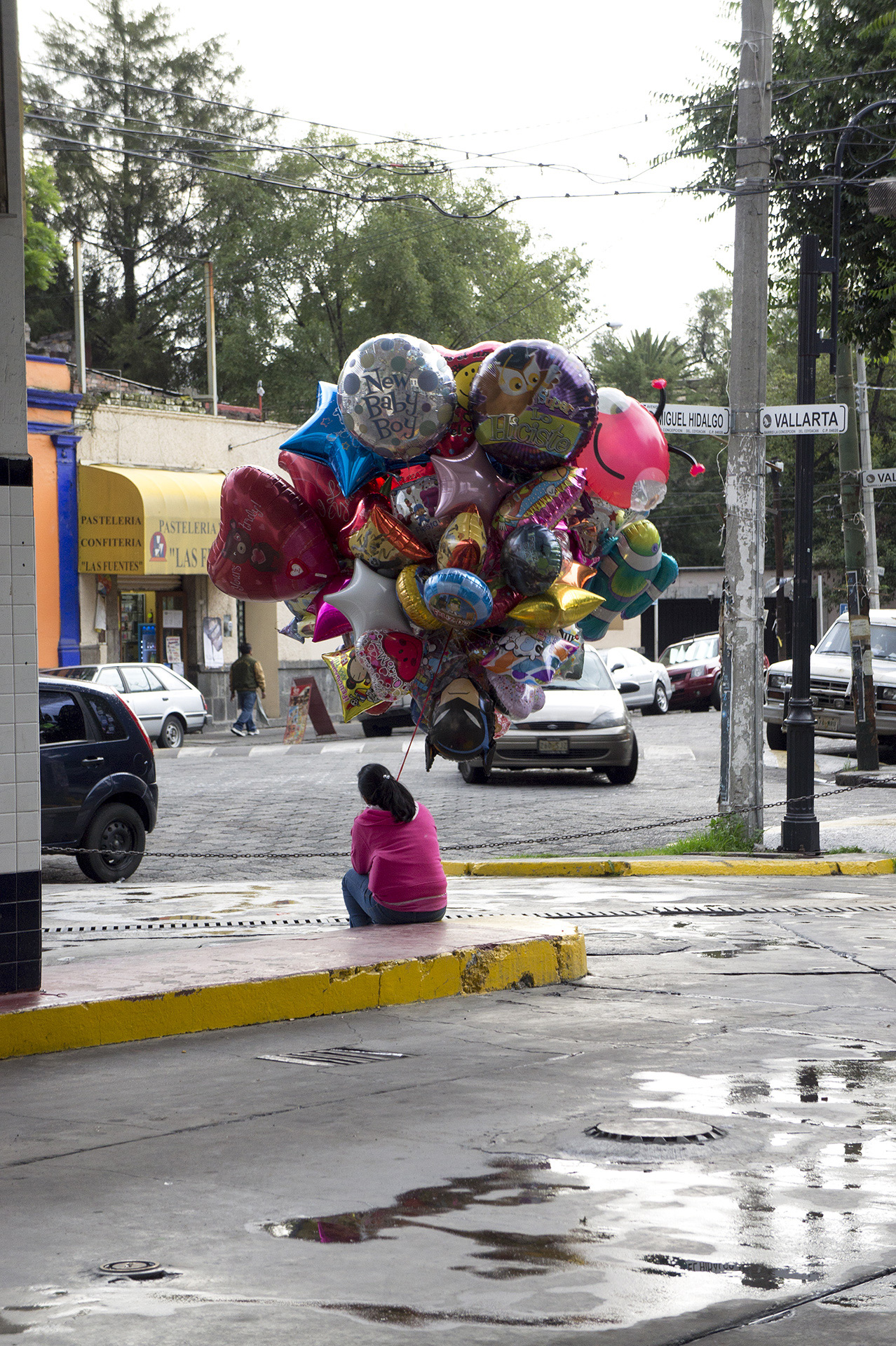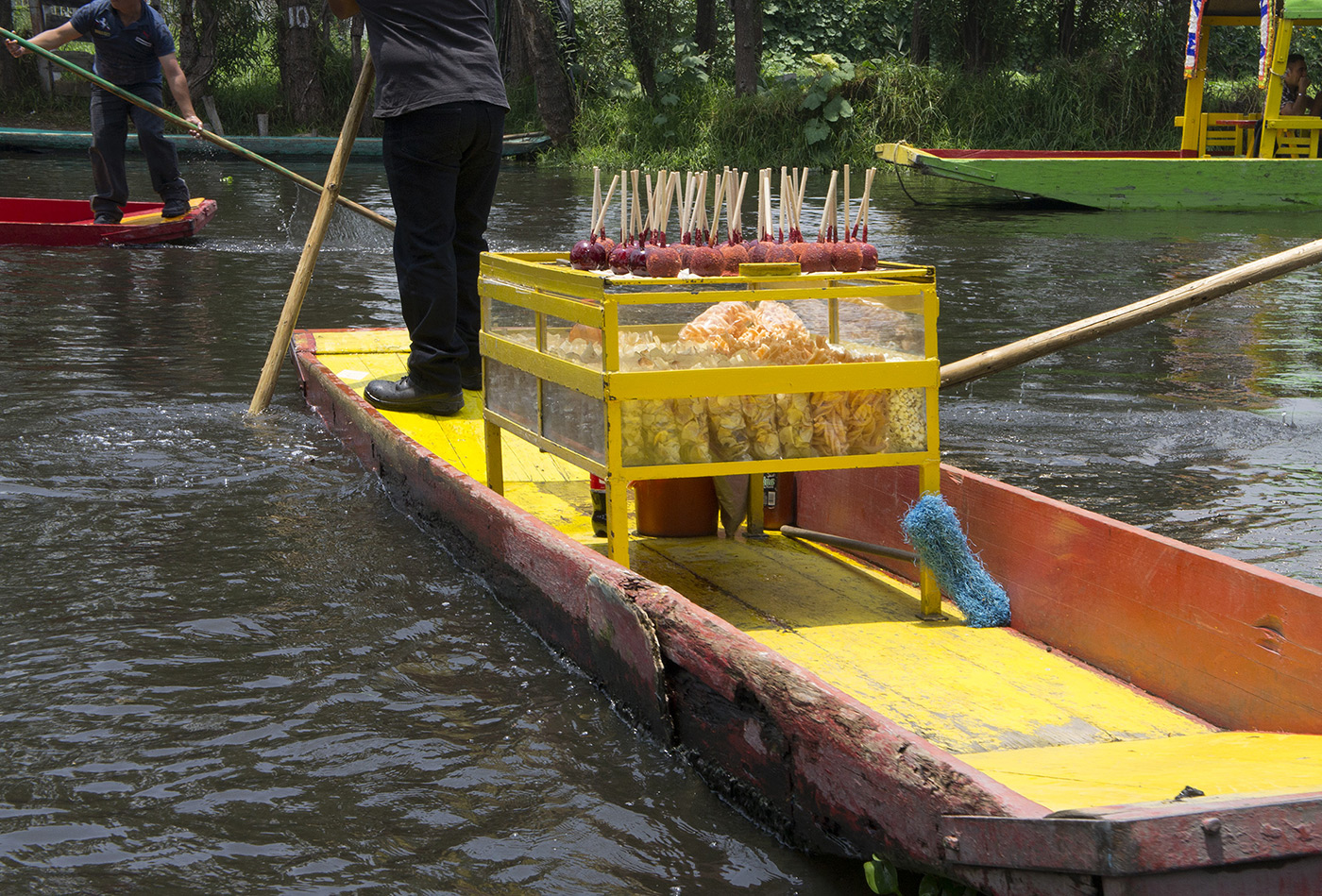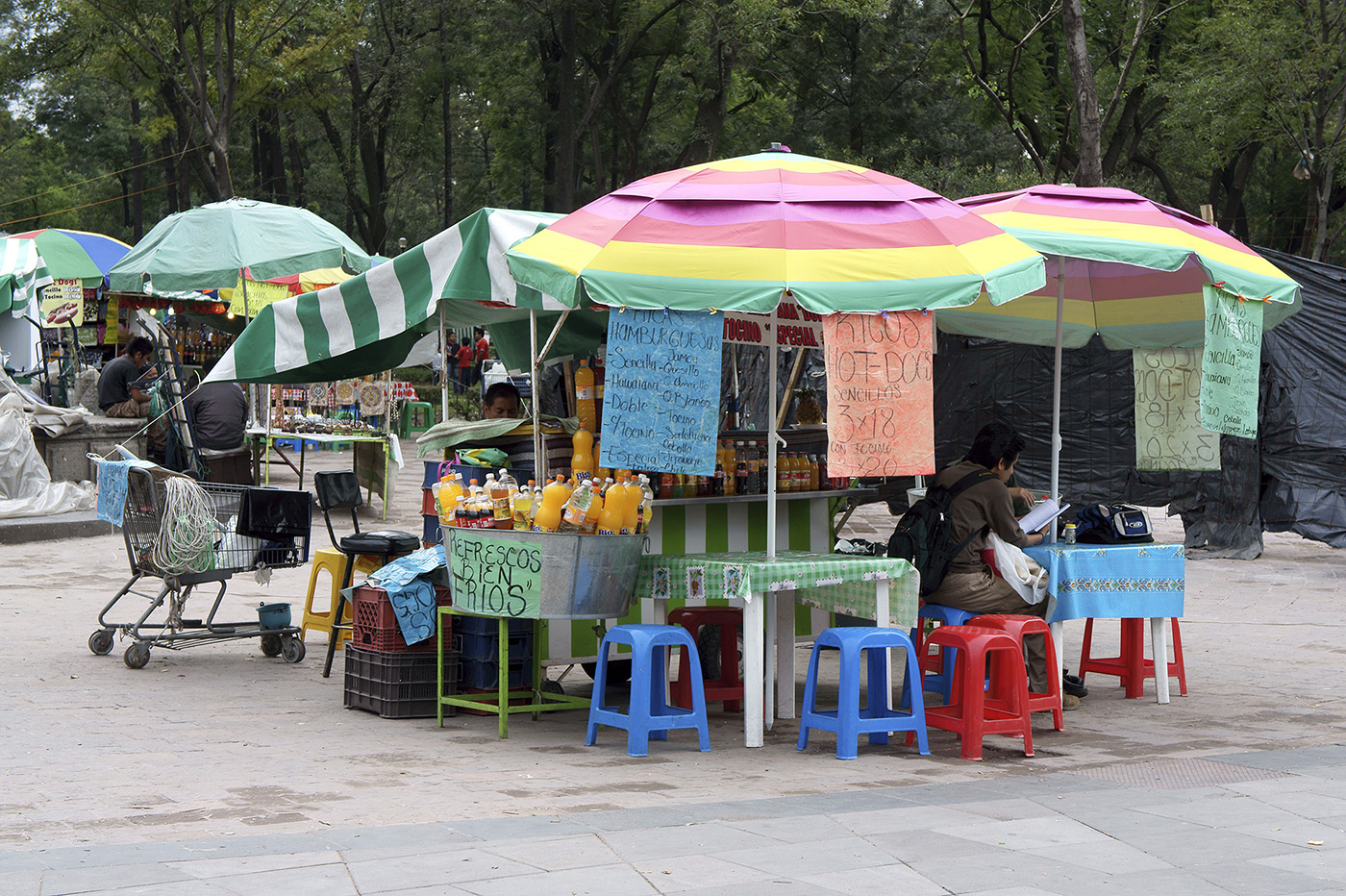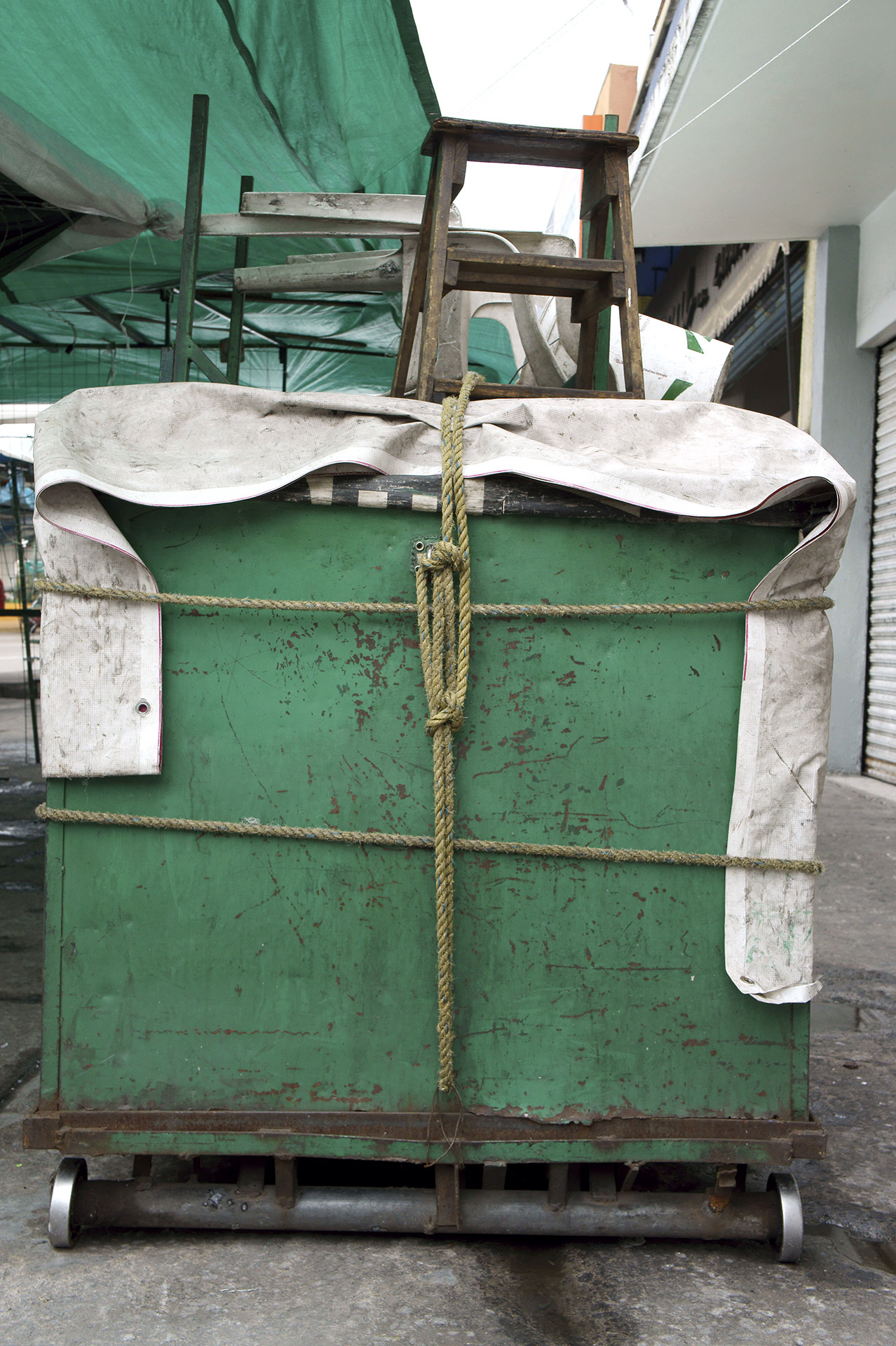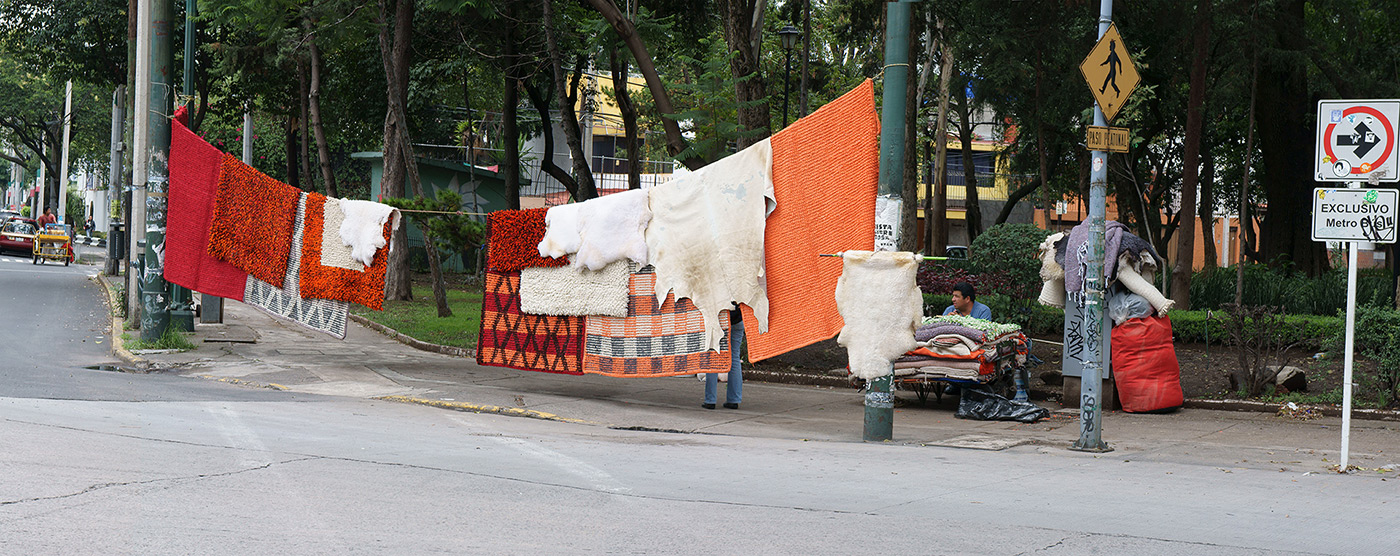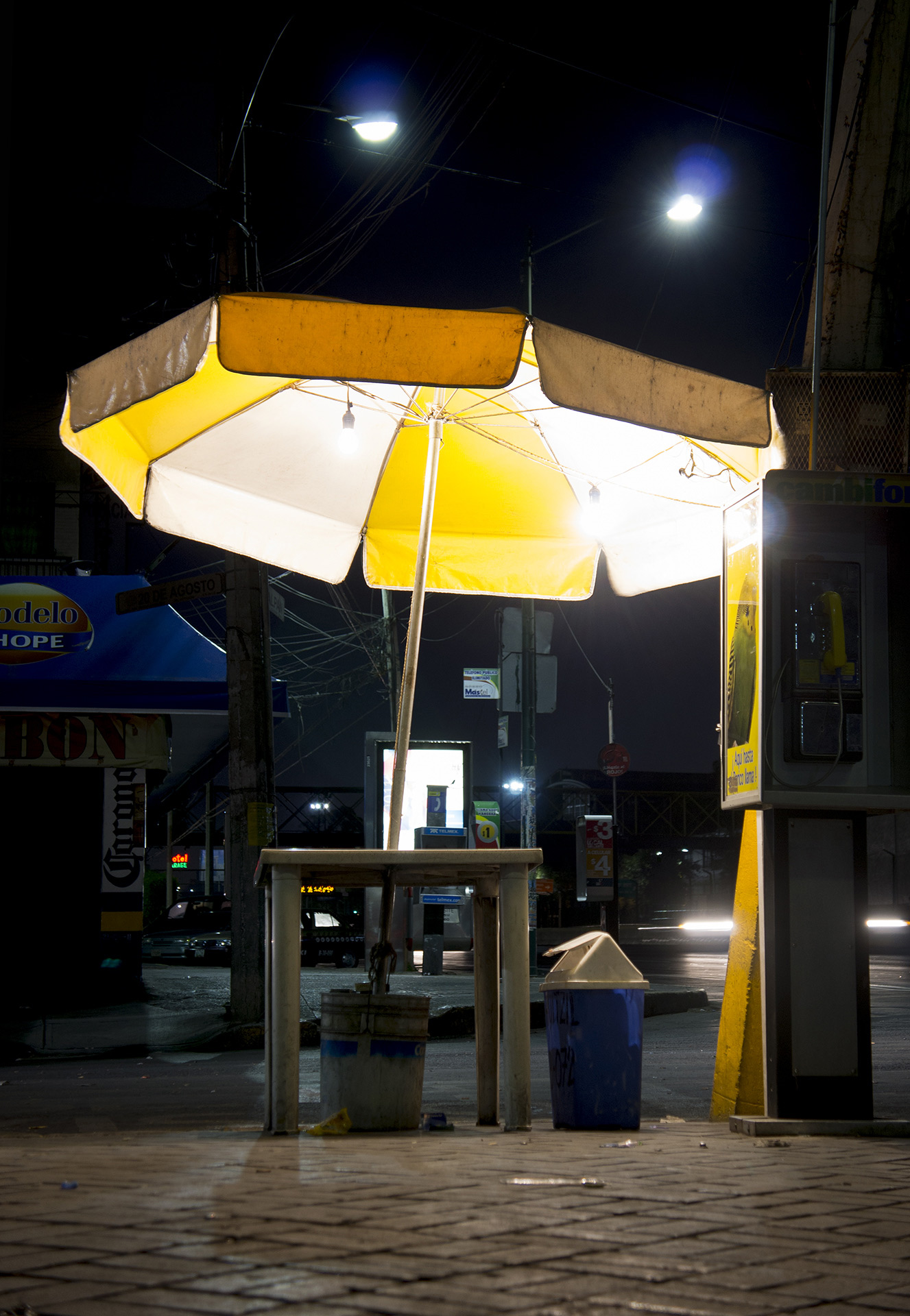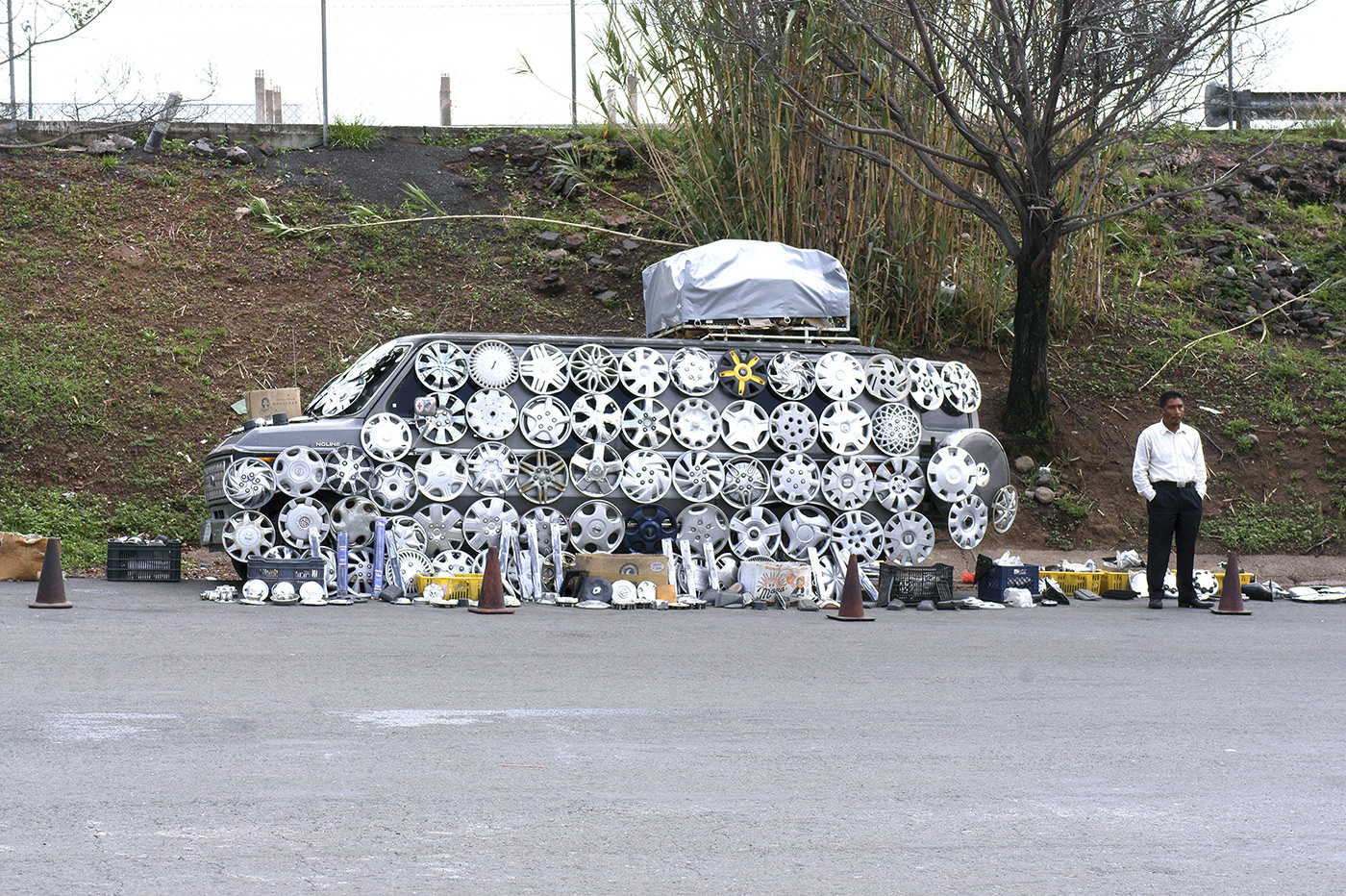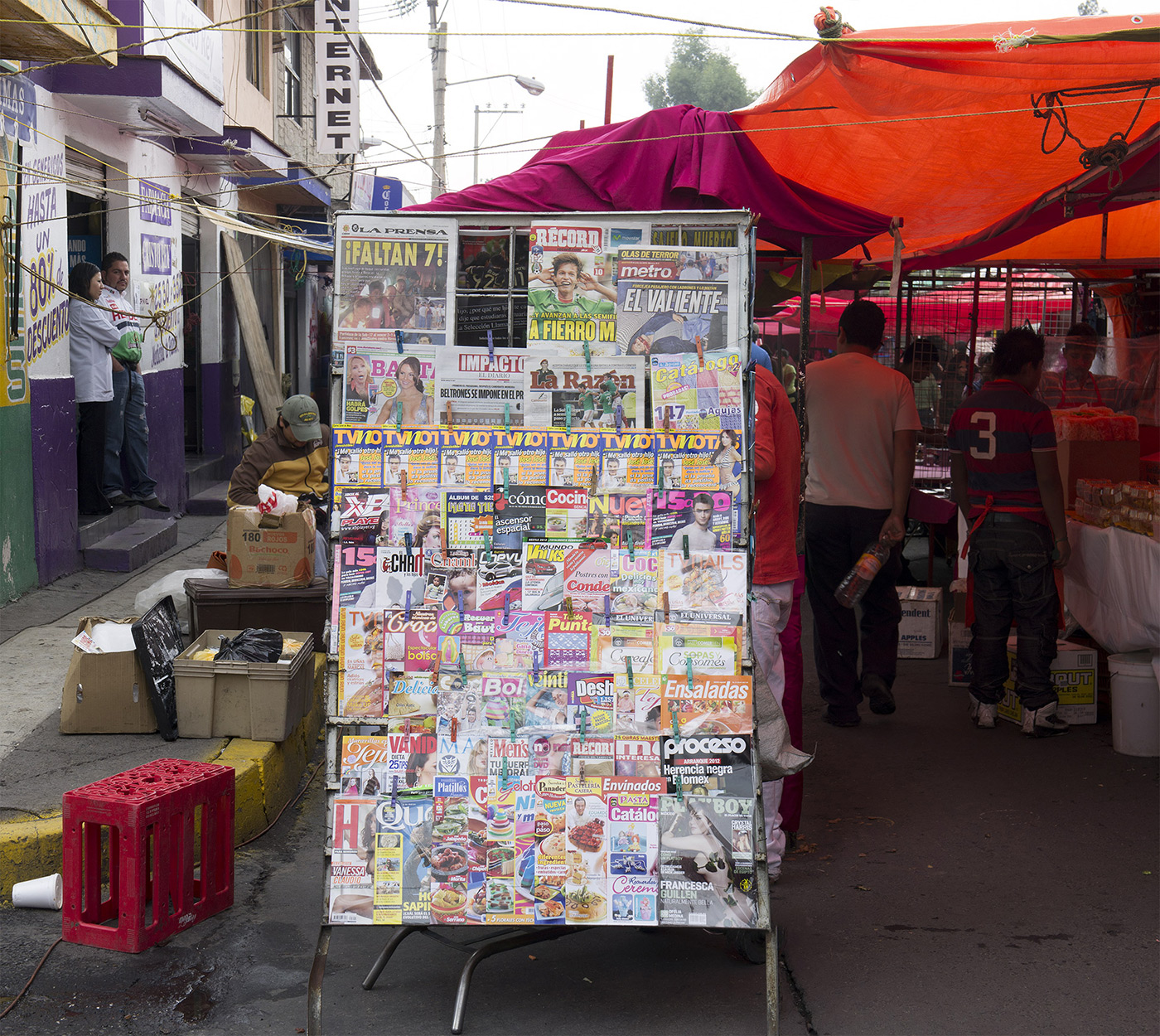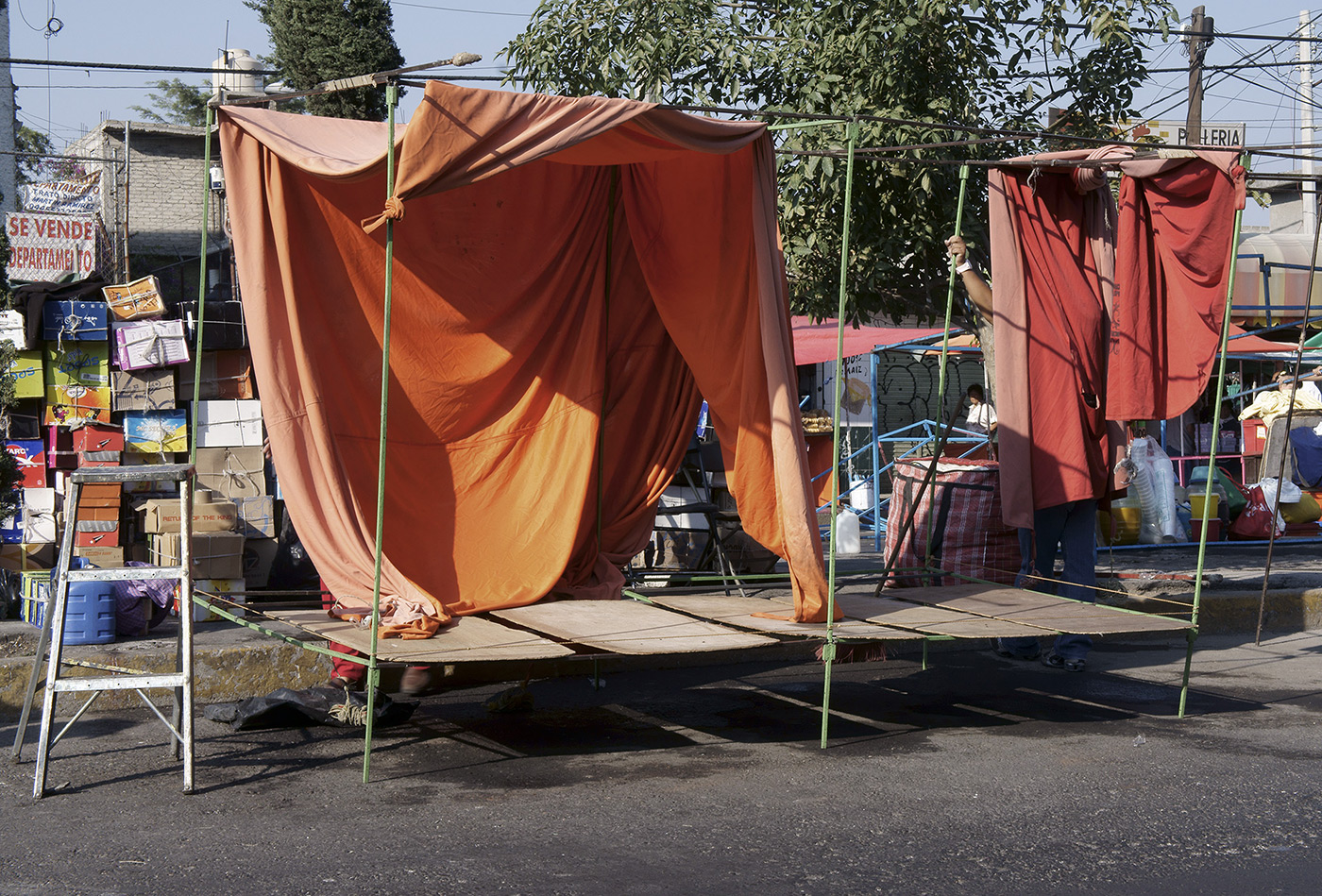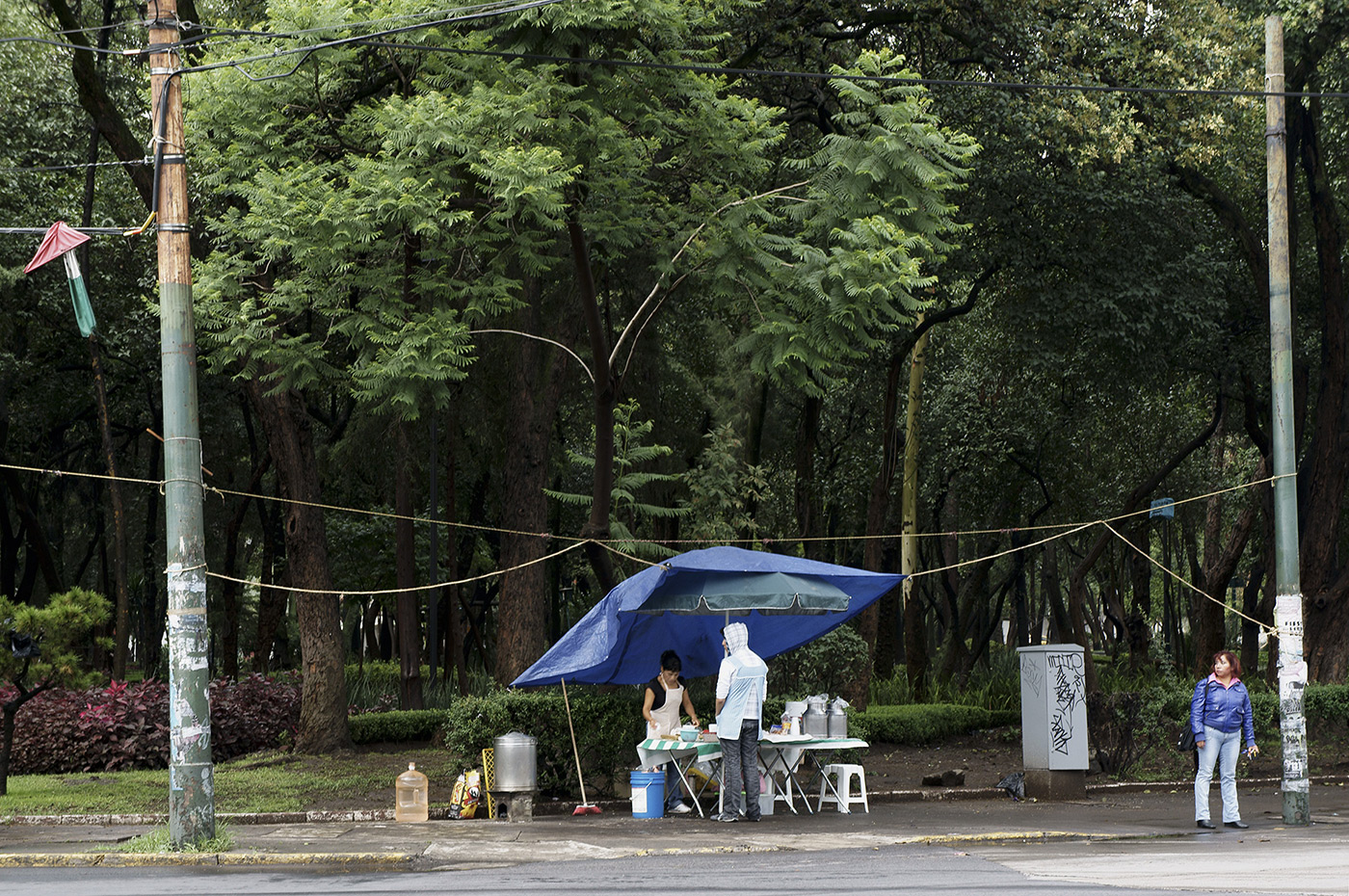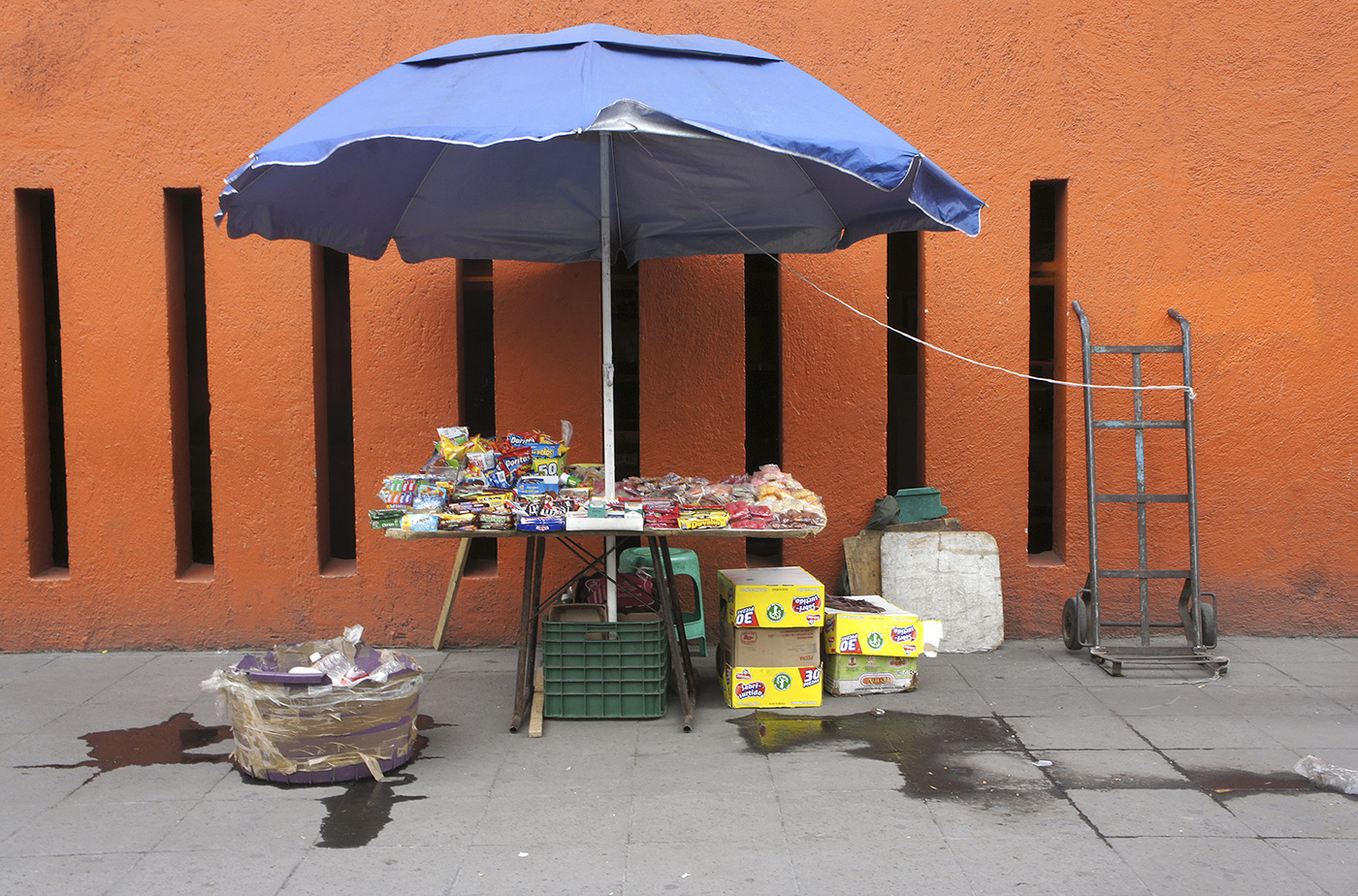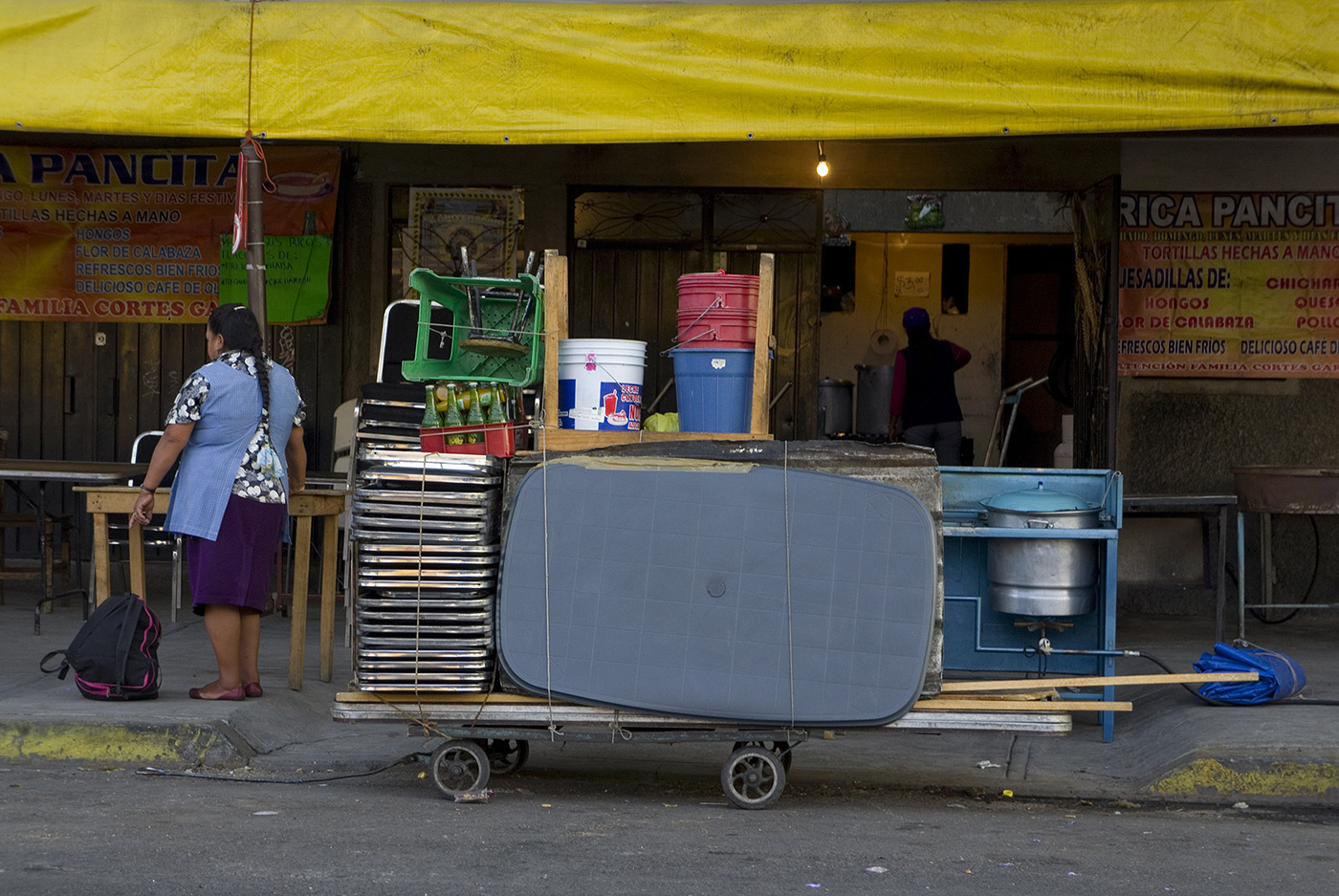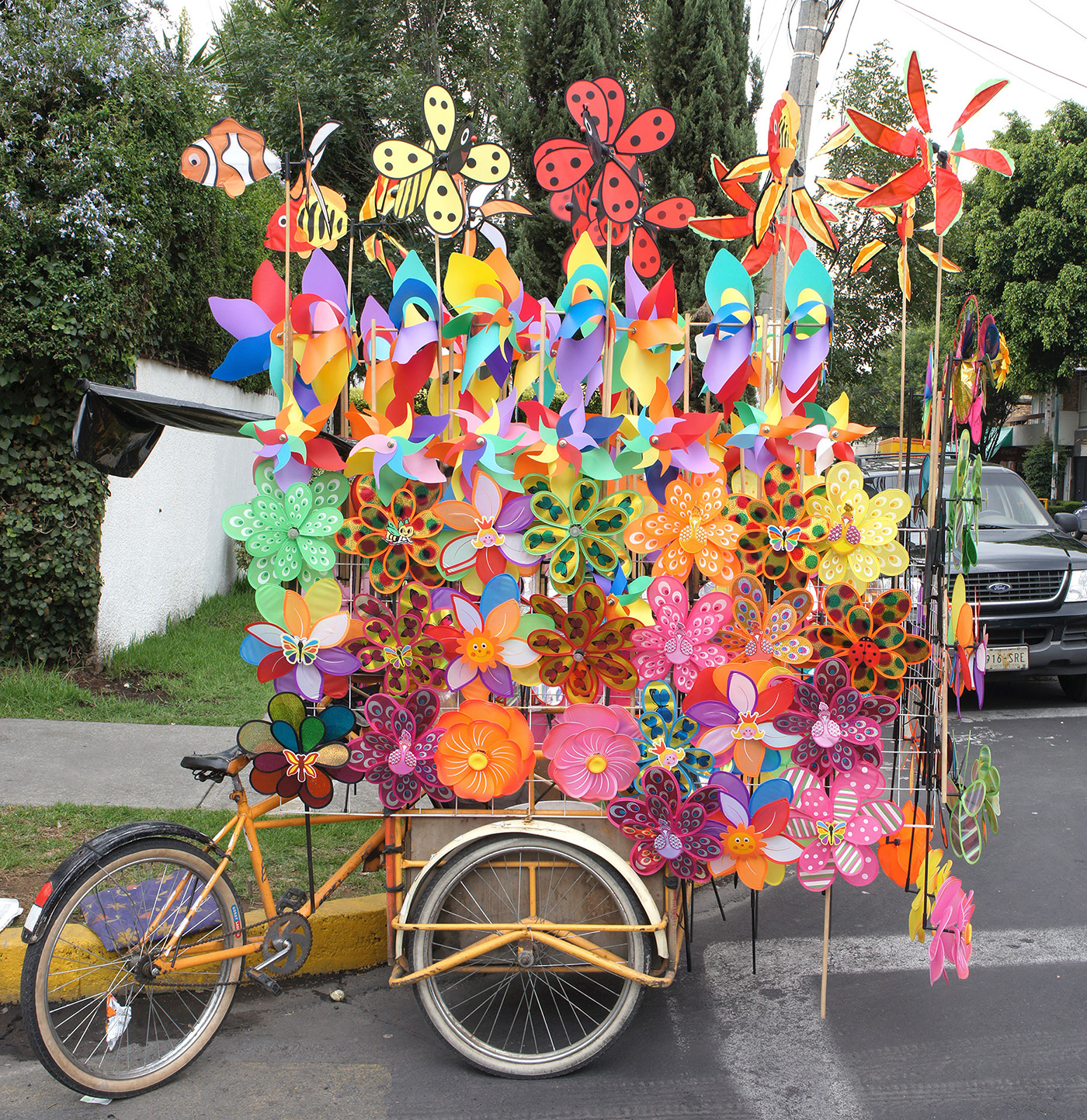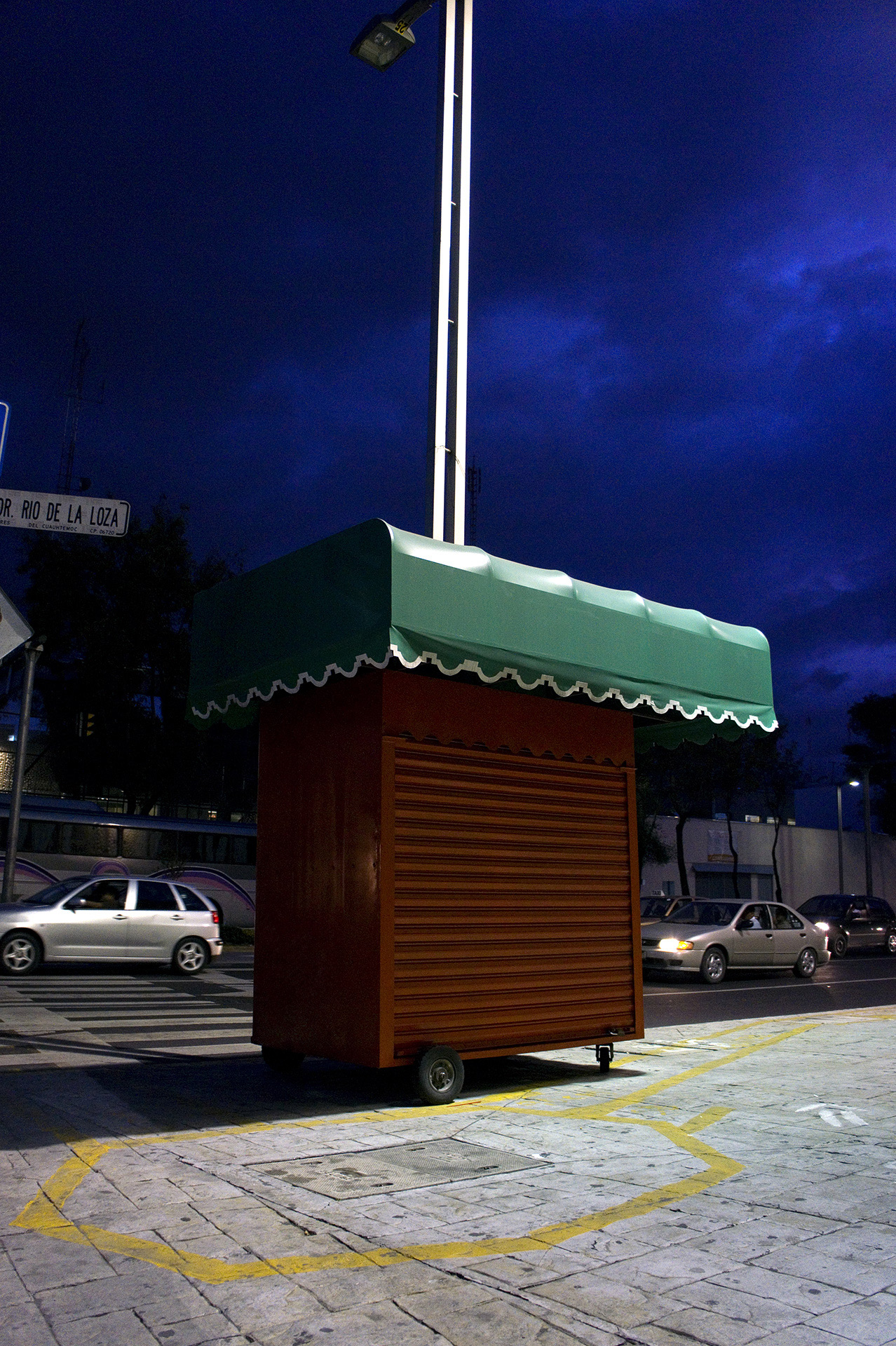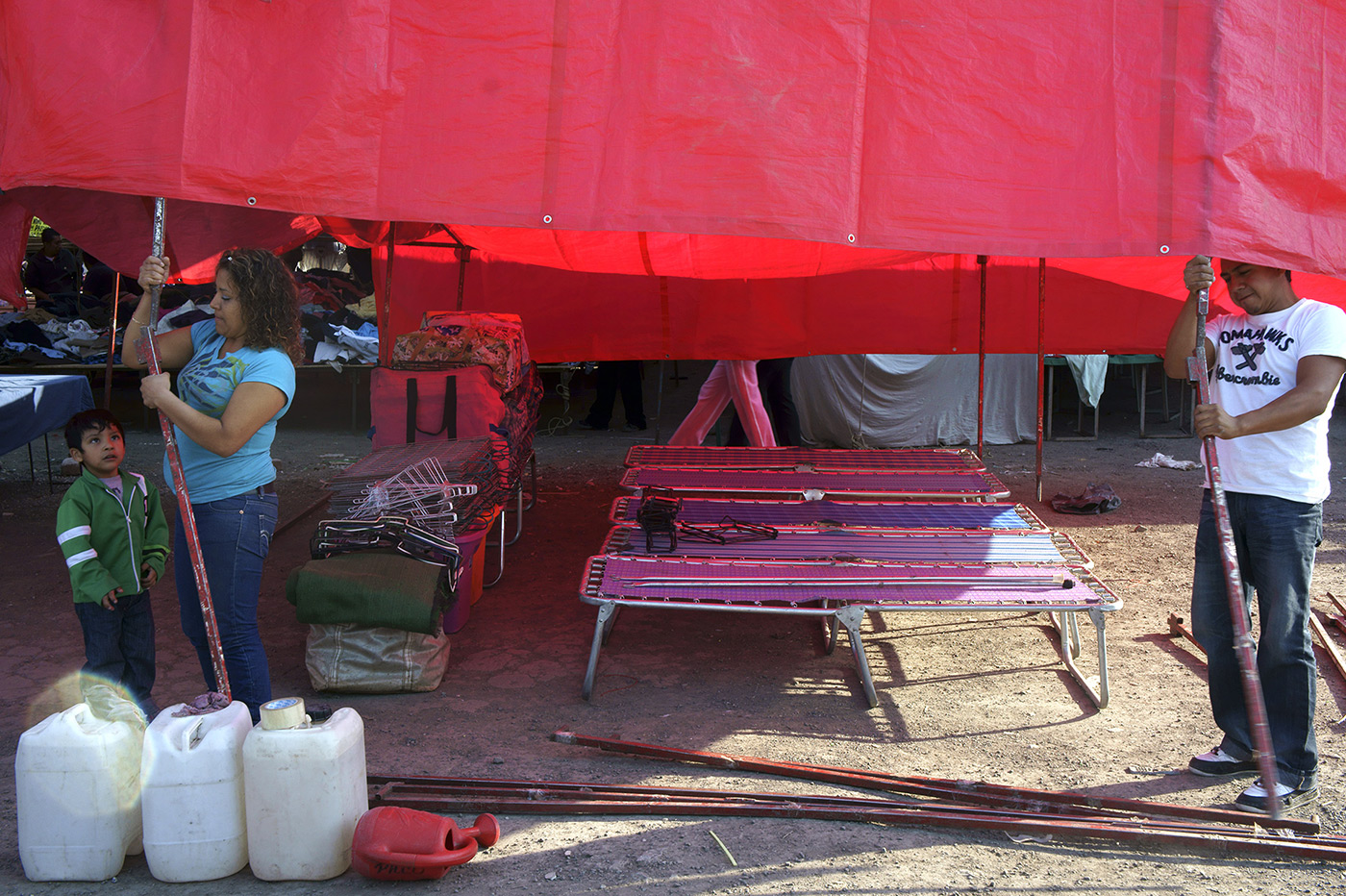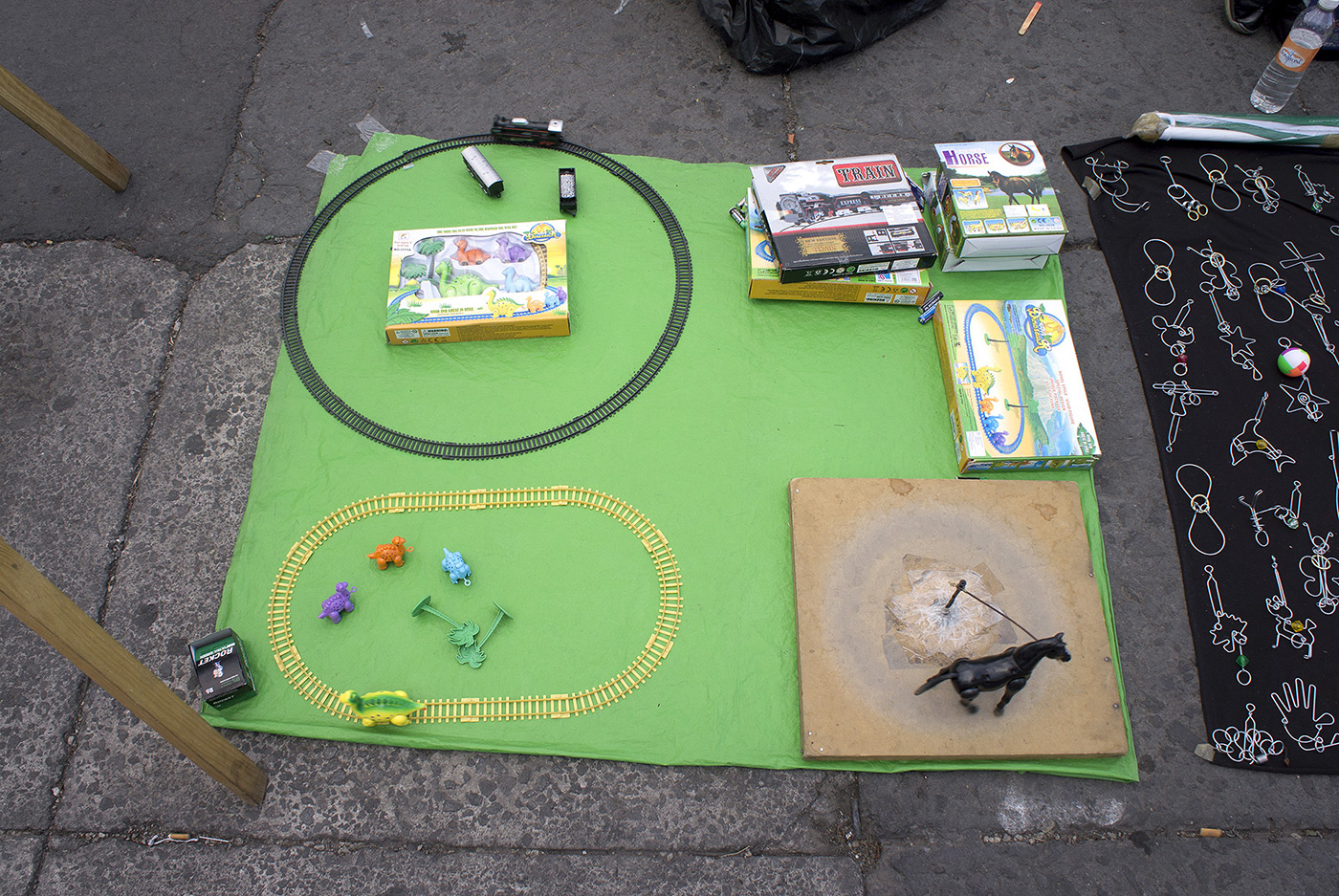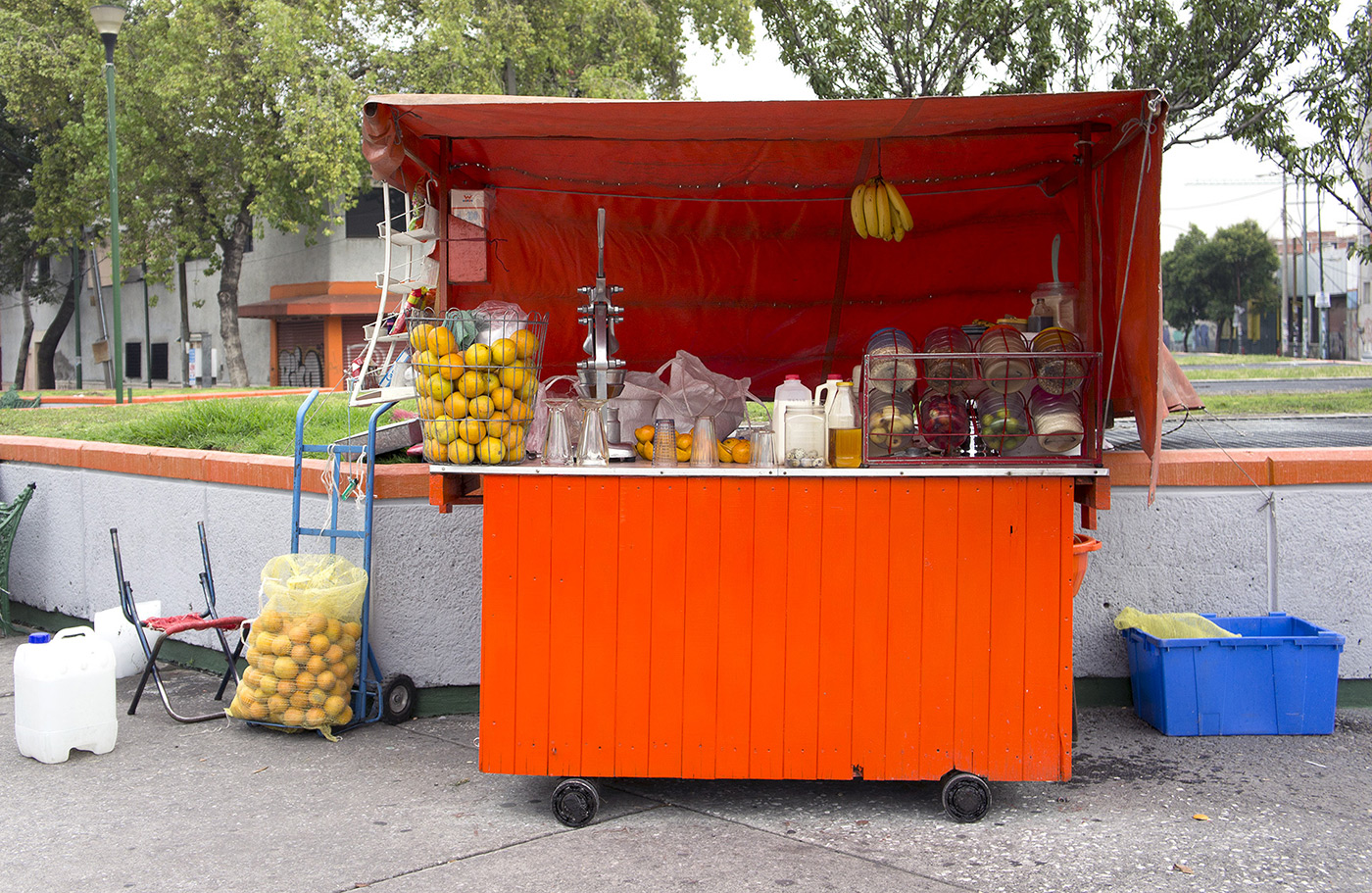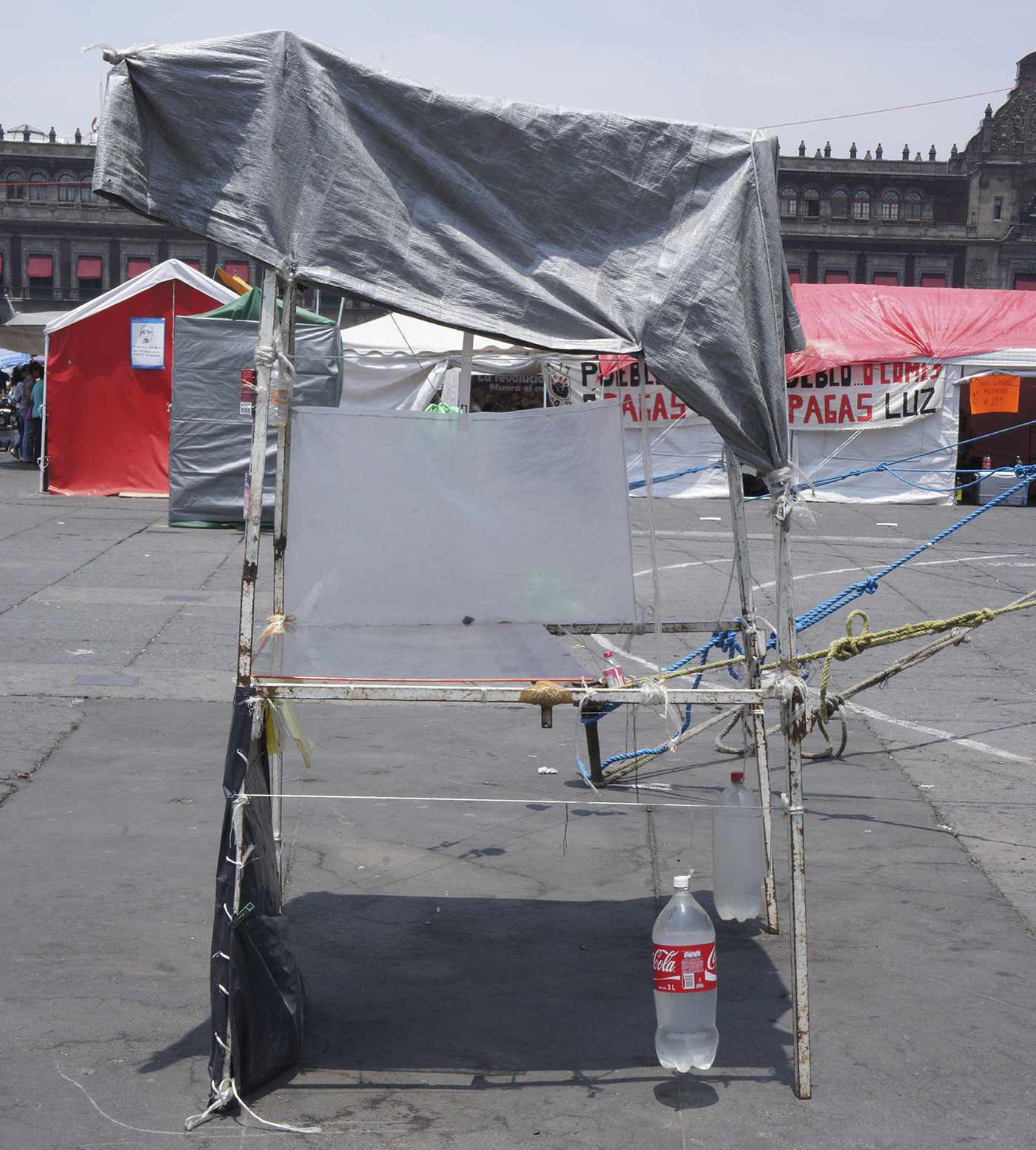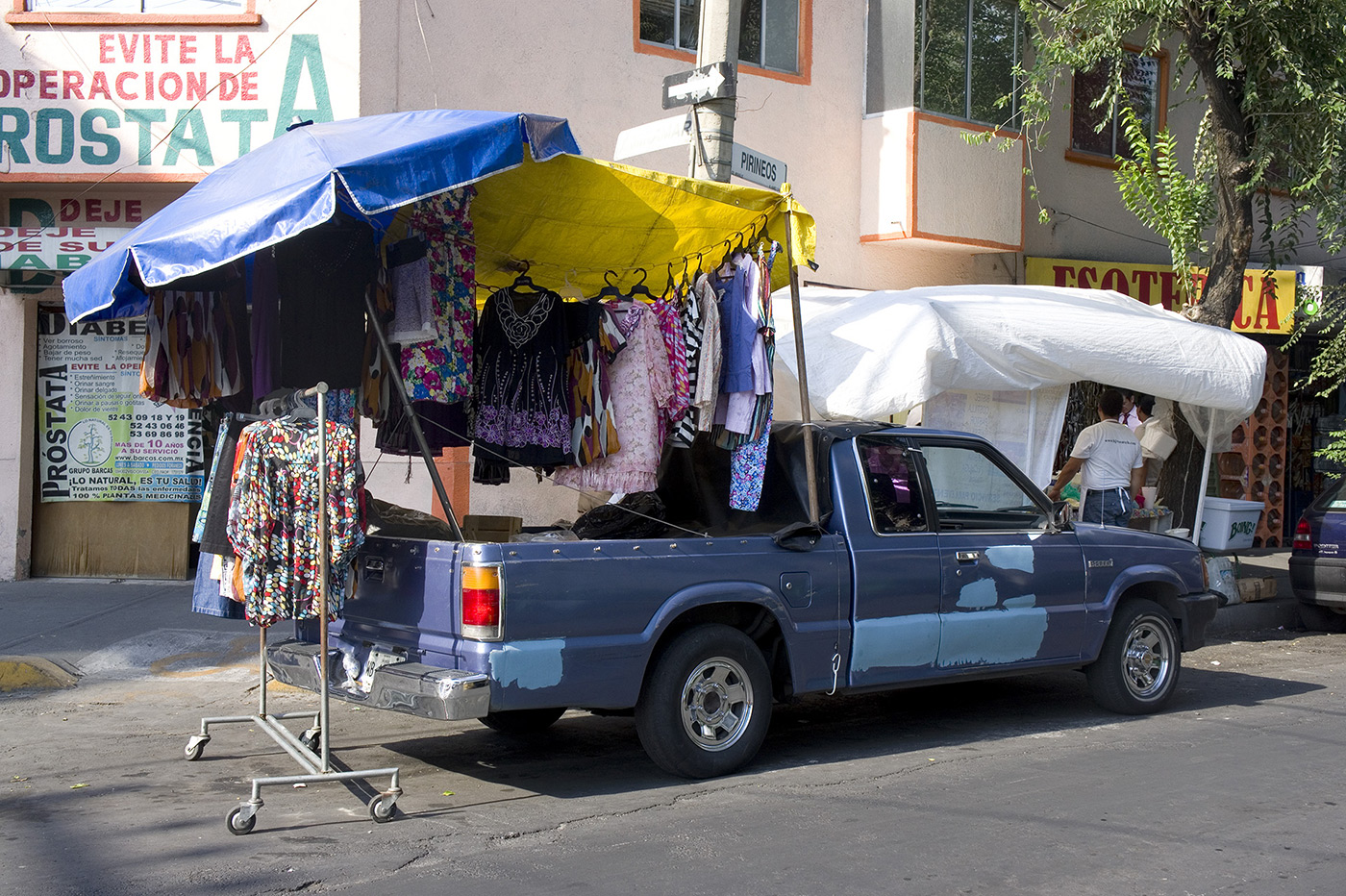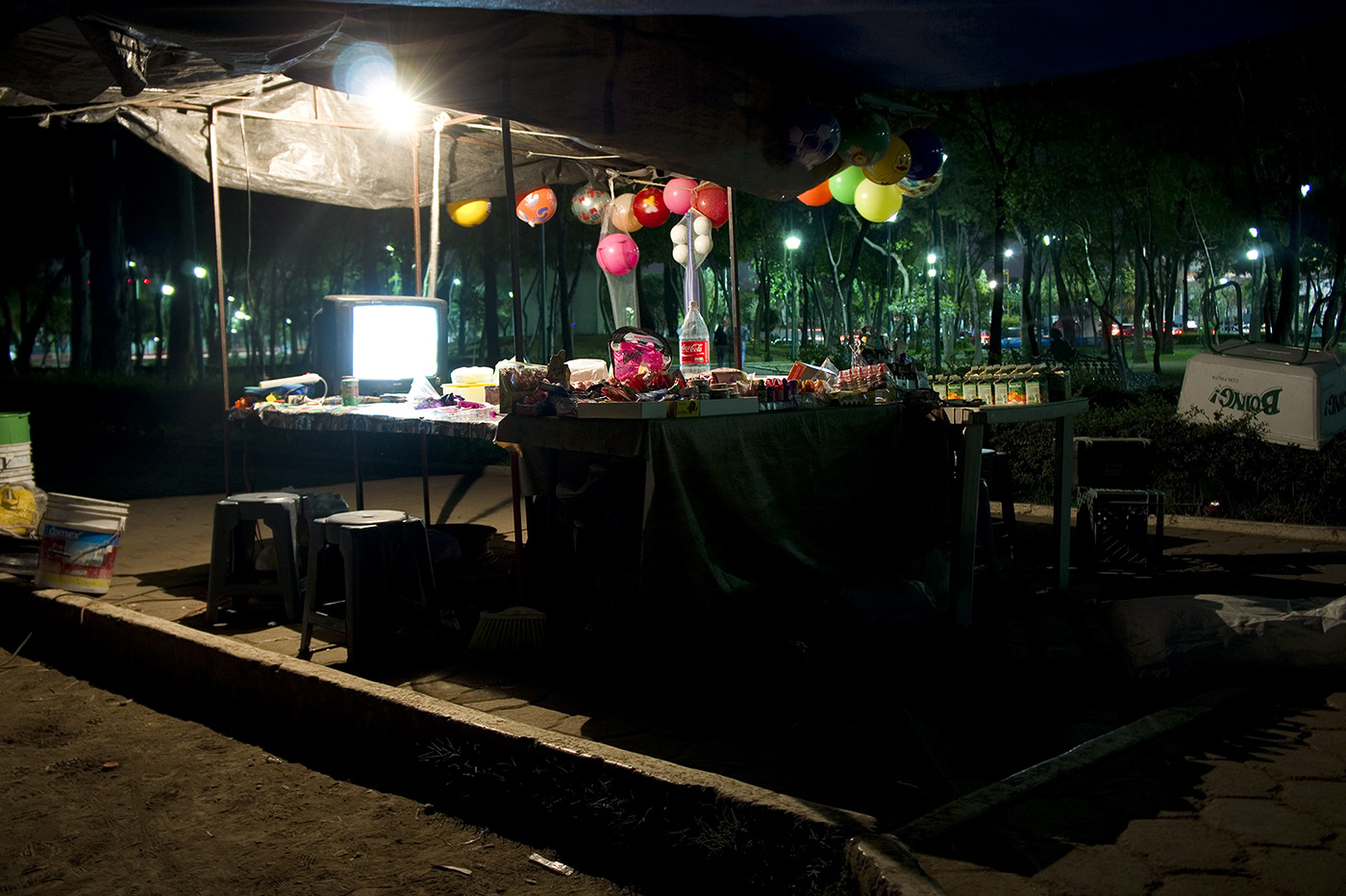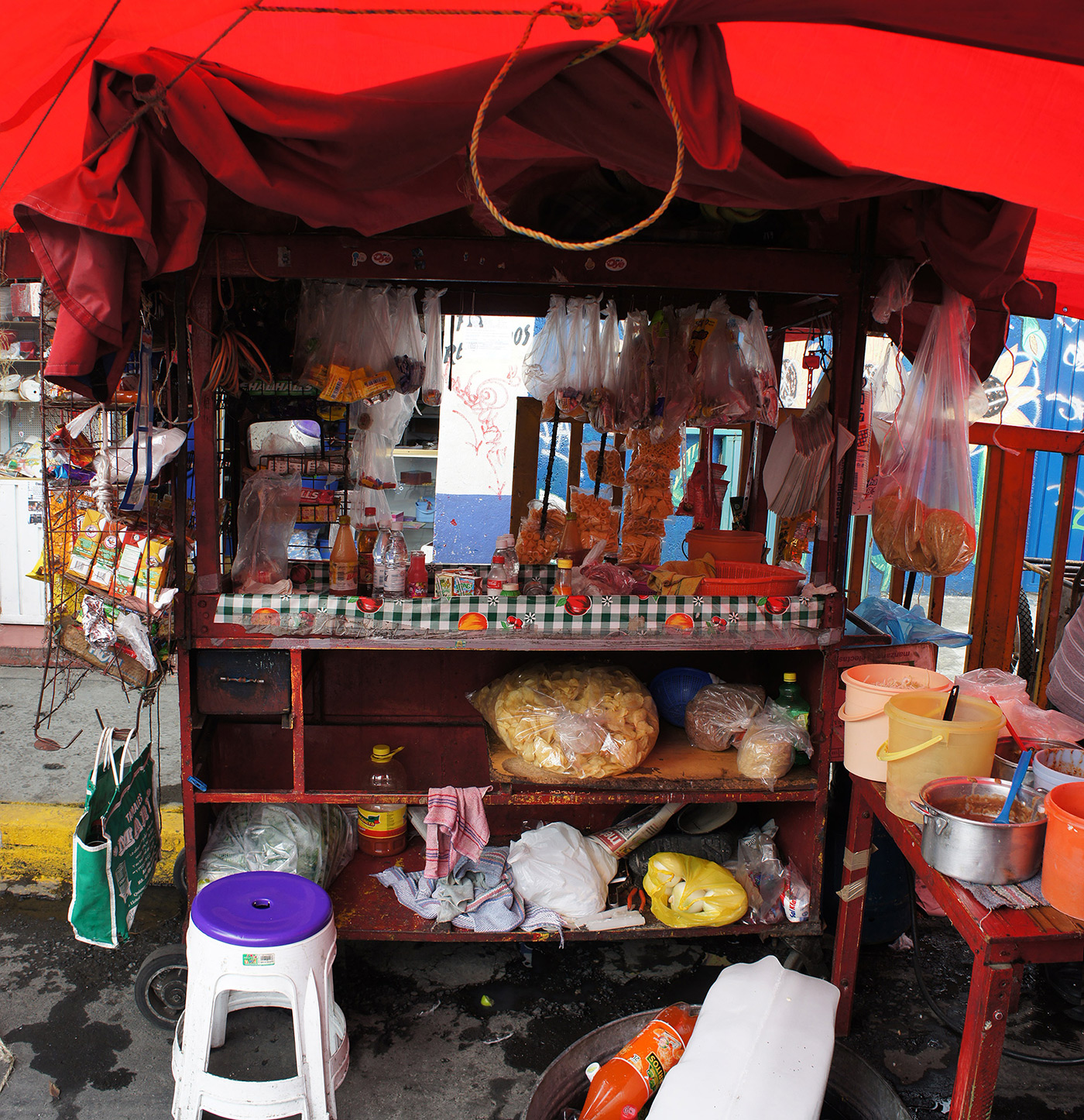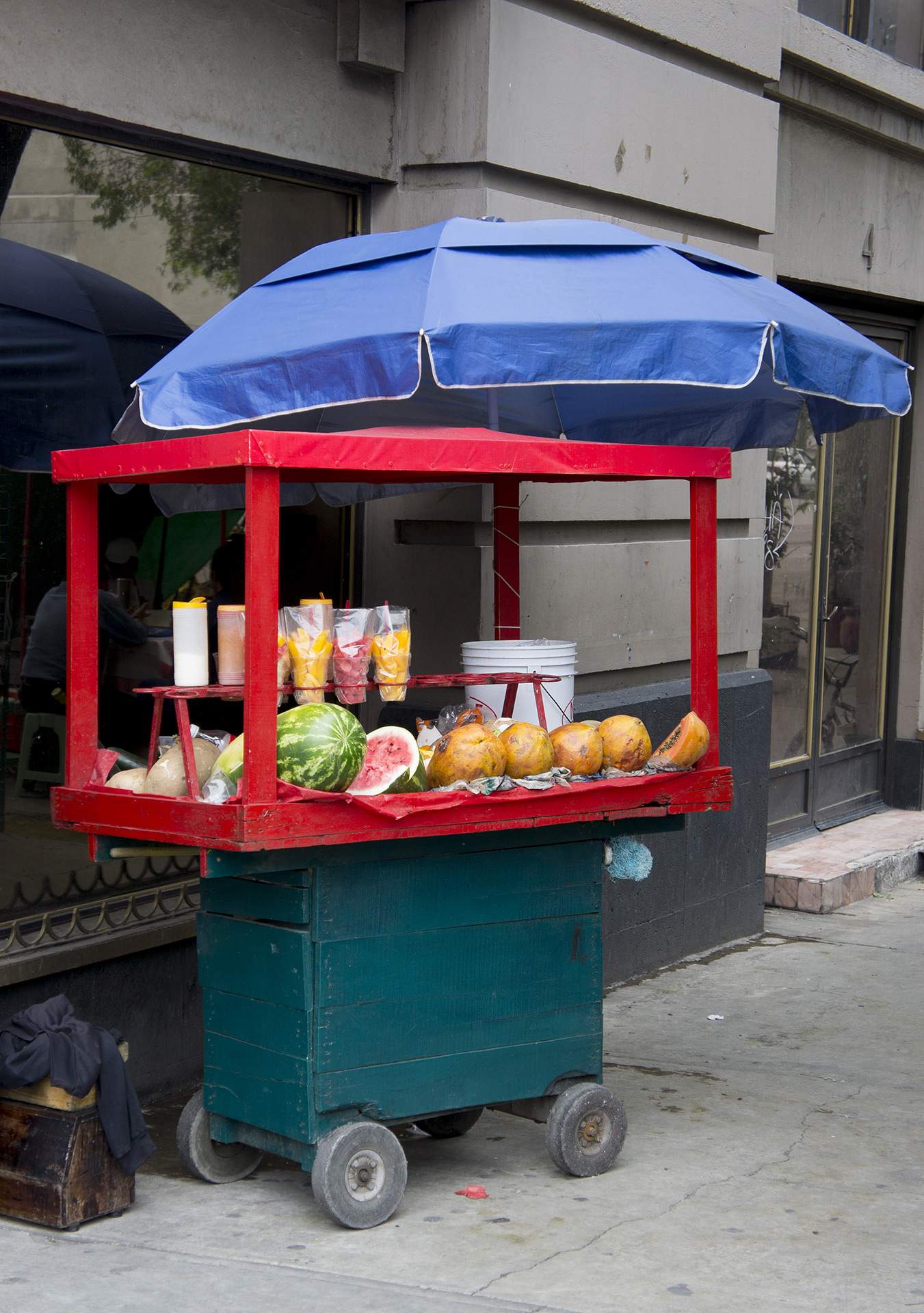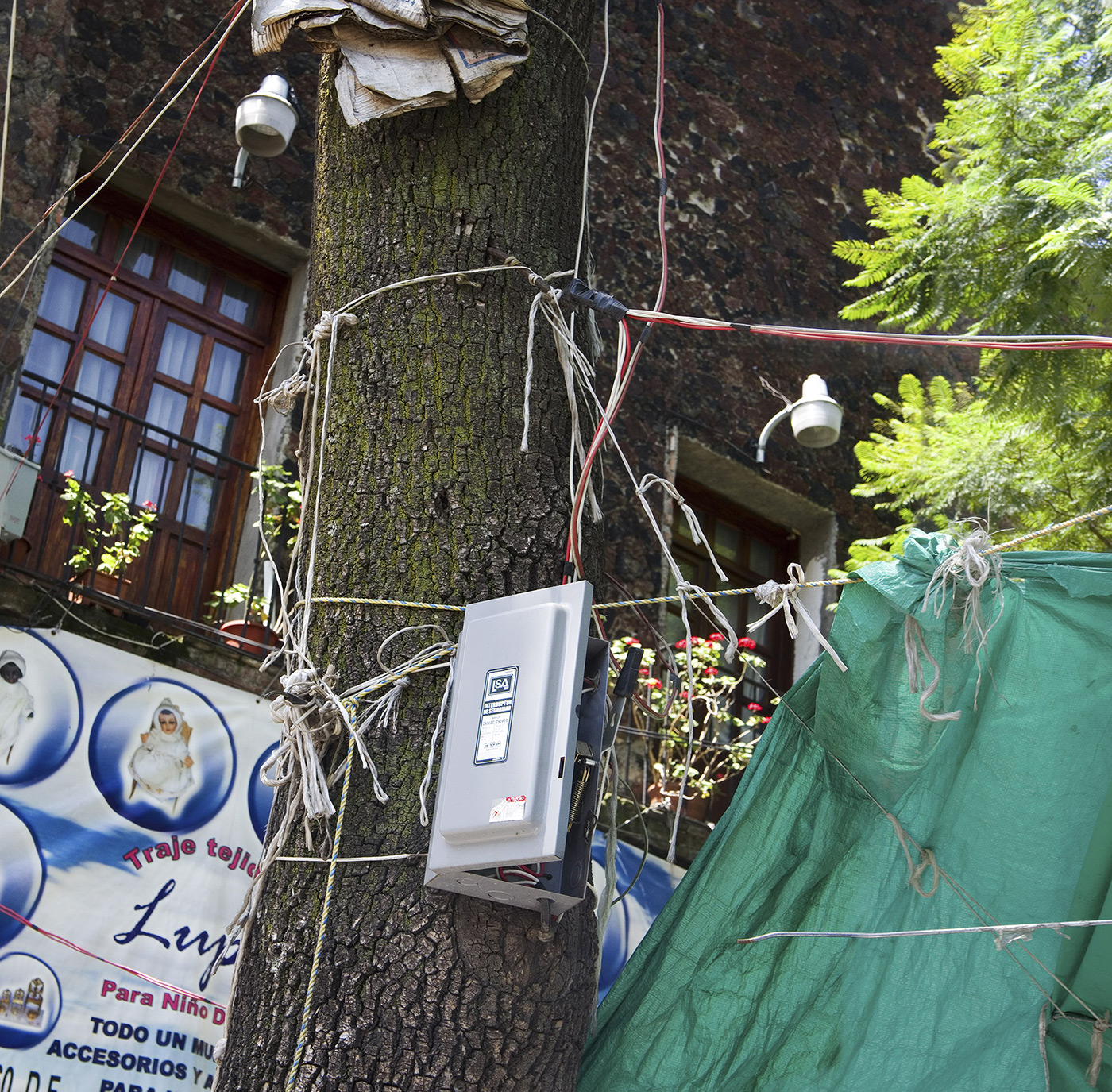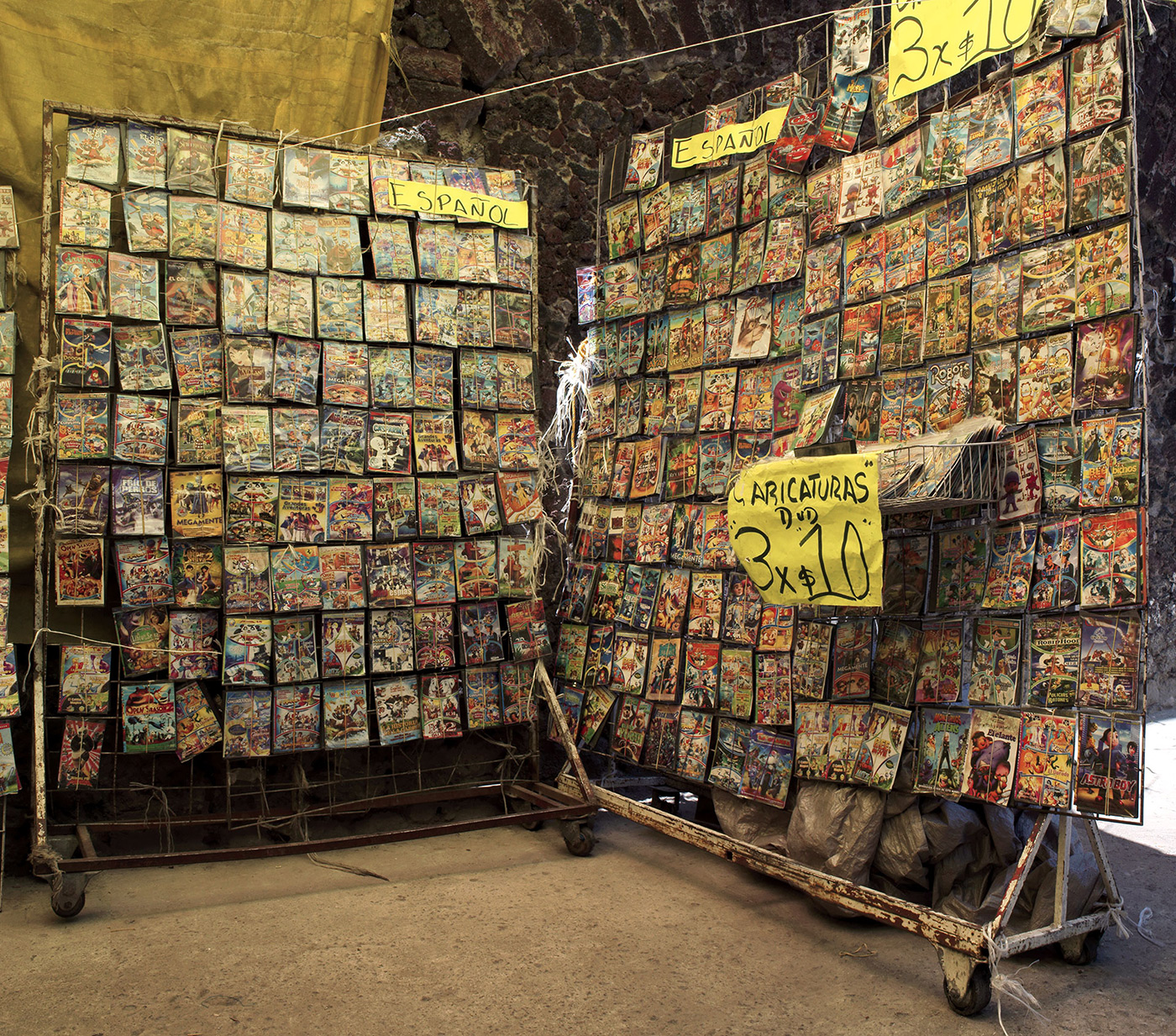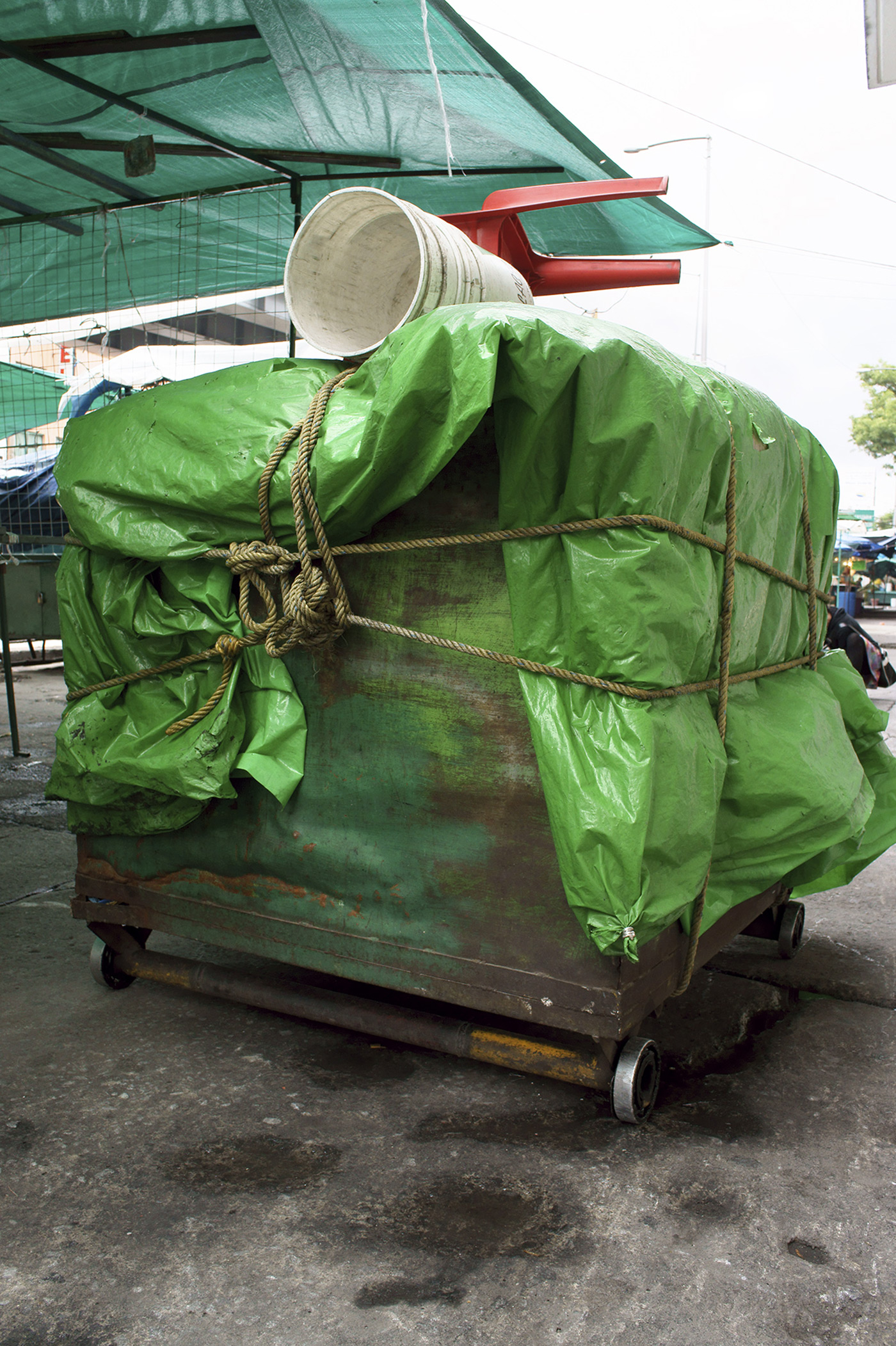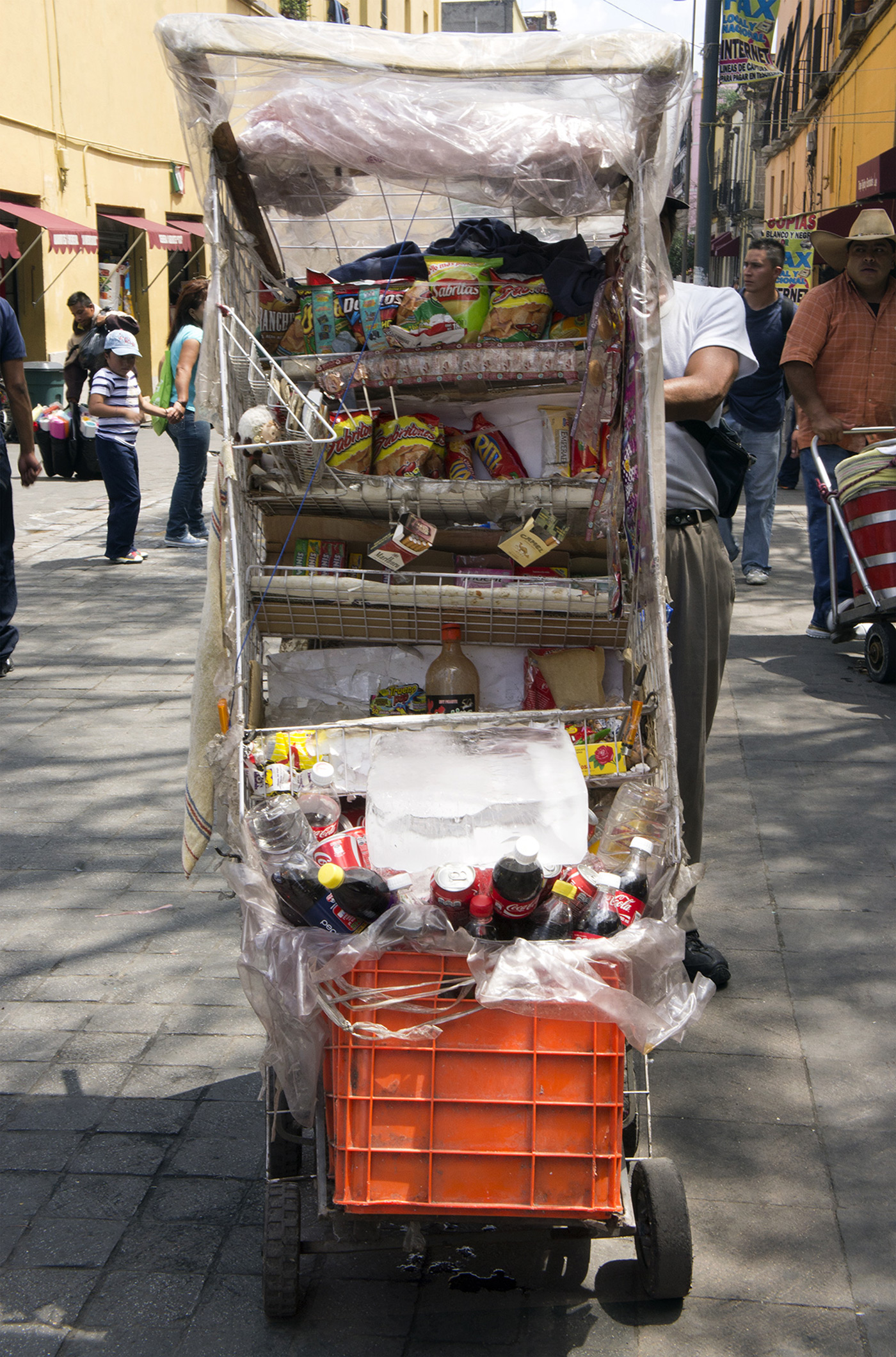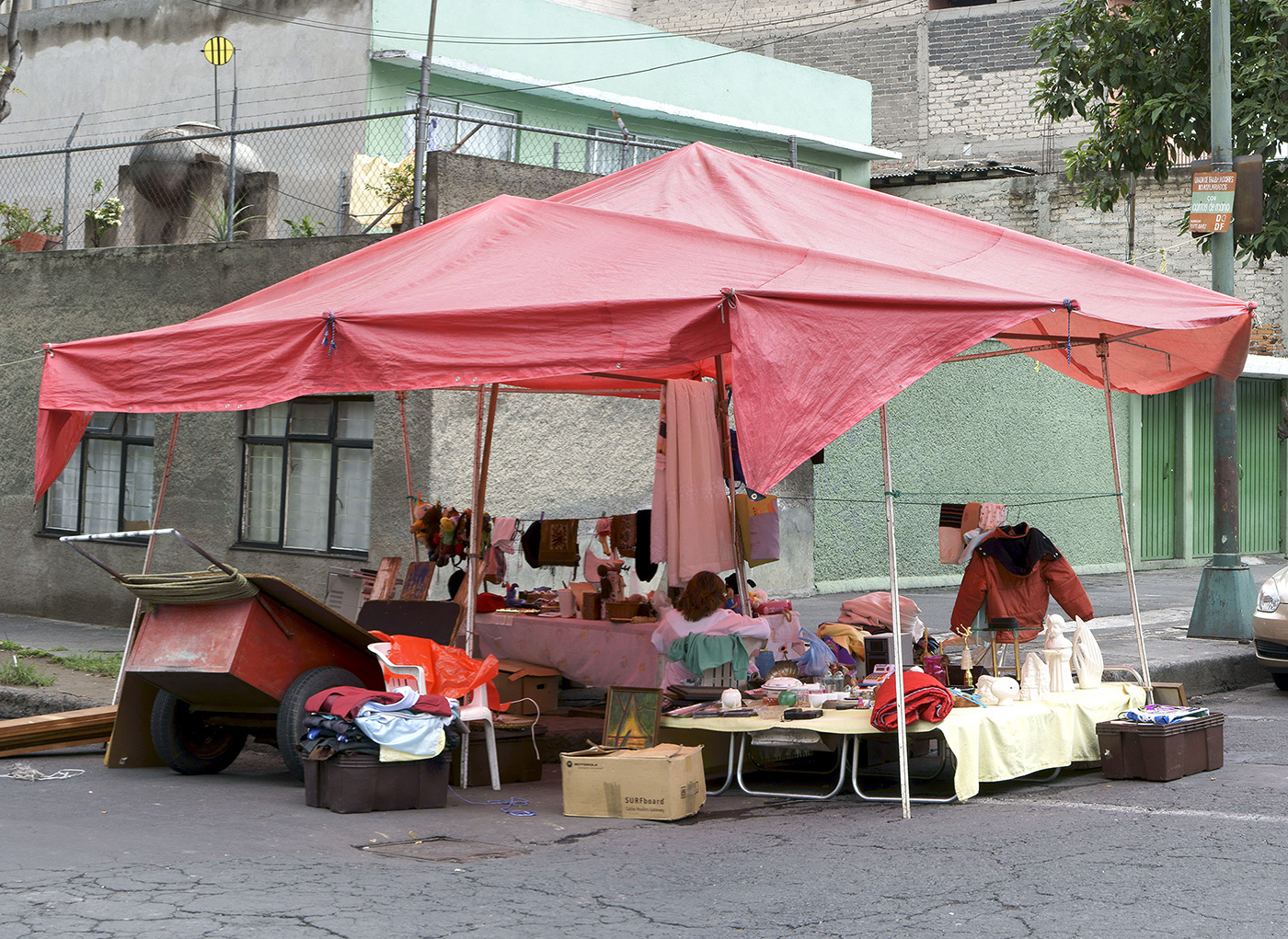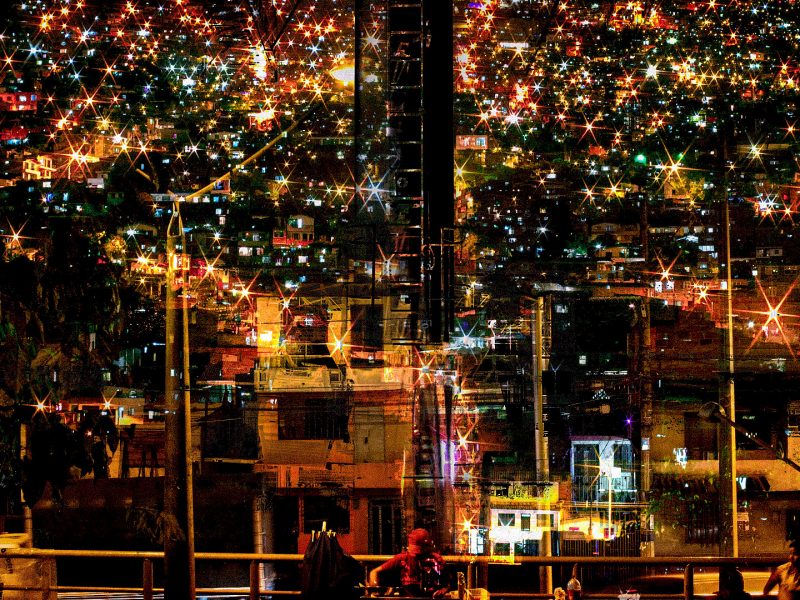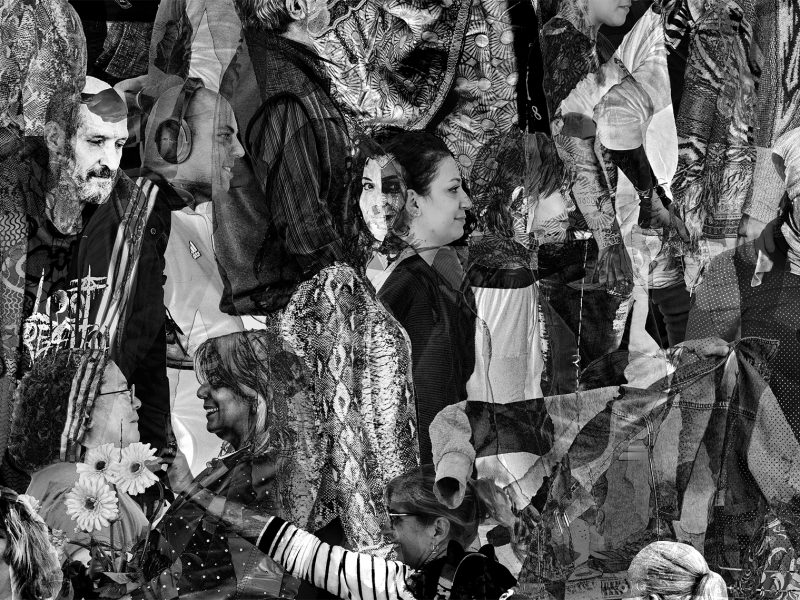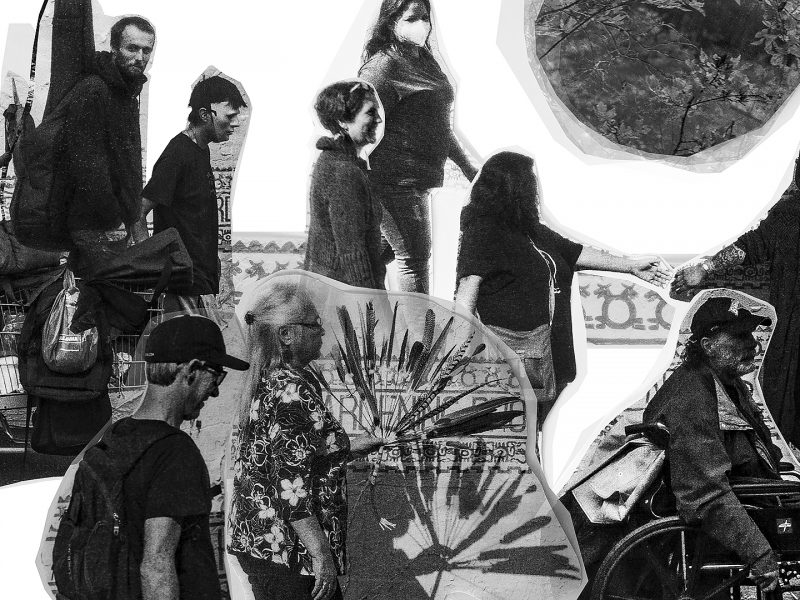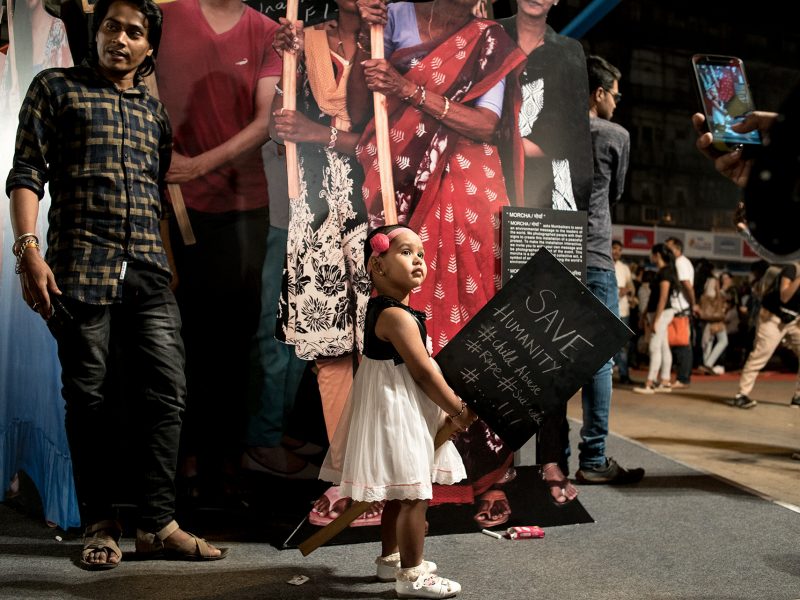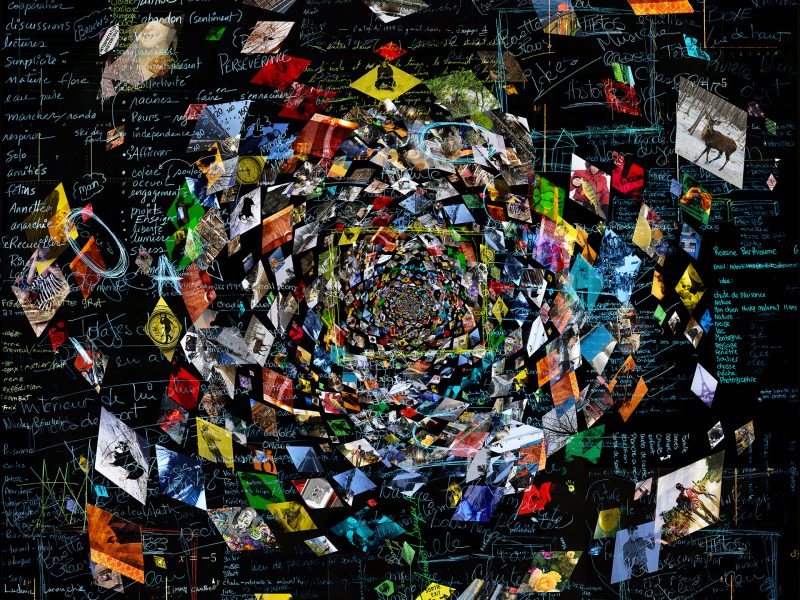Arquitecturas Nómadas
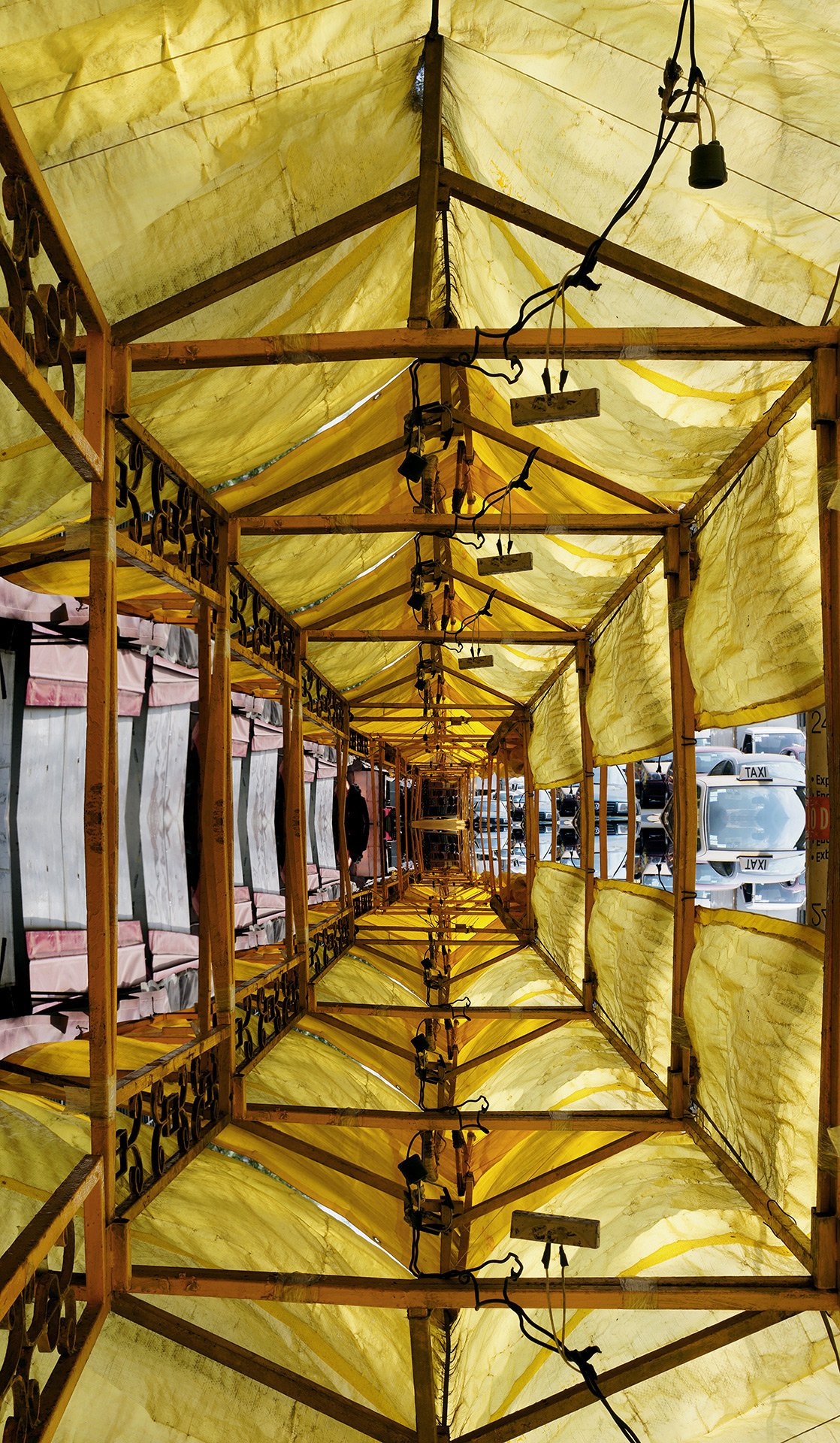
Arquitecturas Nómadas
In a matter of minutes, sacks of goods, packaging, wooden boxes and cases, plastic tables, metal frames, colourful tarps and arborite panels are laid out in the street,which was empty a few moments earlier. With the goods piled on the sidewalk, the vendors or marchantes, as they are popularly called in Mexico, begin their daily ritual by erecting their stalls a few feet from passing cars. Every day these portable structures become their displays, offices and even storage spaces. By day, the street is their workspace and by night, everything is dismantled and the street is clear onceagain.
Over numerous trips to Mexico, Patrick Dionne and Miki Gingras have been capti-vated by the traditional sequence of movements involved in these incredible sce- nes. Their photographs capture the uniqueness of this nomadic architecture, thebackbone of a grassroots economy that has ingeniously colonized the space of this Aztec city. Setting up these structures requires expertise in adapting to the environ-ment and great technical dexterity; it cannot be improvised. The vendors’ move-ments may seem precarious and ephemeral but they have sustained the traditional trade for centuries, as reflected in Diego Rivera’s murals in the Palacio Nacional,Mexico, in which he painted pre-Hispanic markets known as tianguis in Tlatelolco.
The vendors’ skill lies in their ability to respond to any situation and adapt to all contexts. Any piece of street furniture can end up being integrated into the struc-tures. When something does not fit up above, it is placed down below or hung on the side. Space is sacred. Everything is recycled. Nothing is lost. The images reveal a saturated urban landscape in which these structures, rather than competing, fittogether as in a kaleidoscope. Once the changarro or stall is assembled, the mar-chantes wait for customers. They make the sign of the cross with the first coins they receive, which will determine their luck for the day. This is their daily ritual.
Nuria Carton de Grammont
Curator, Art historian
info
Photographs, Residencies

